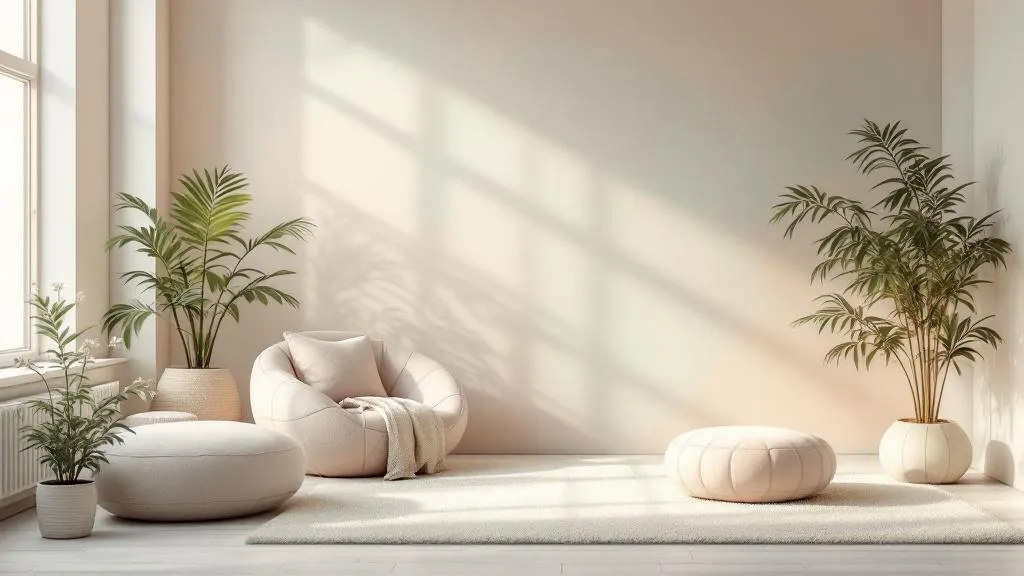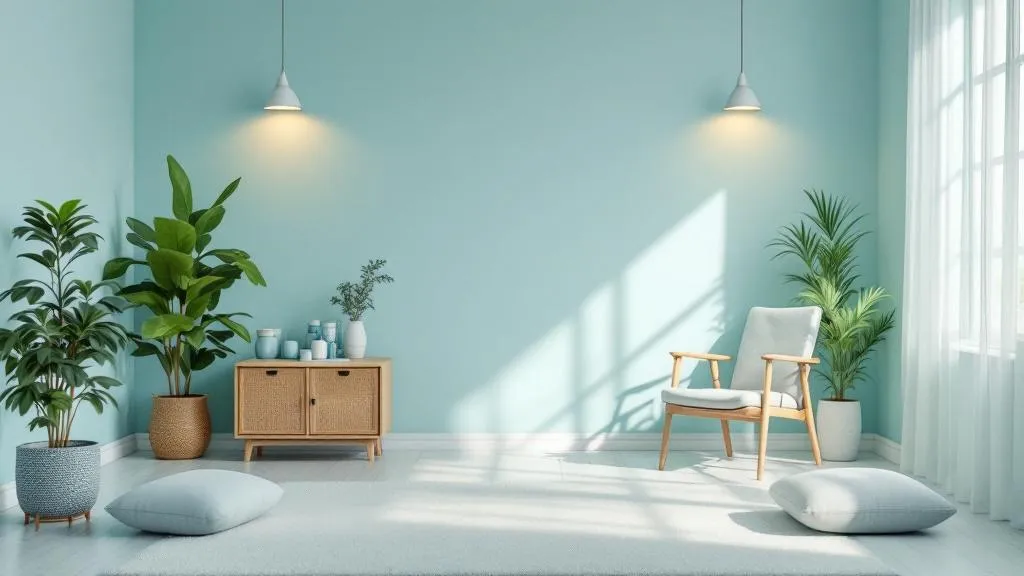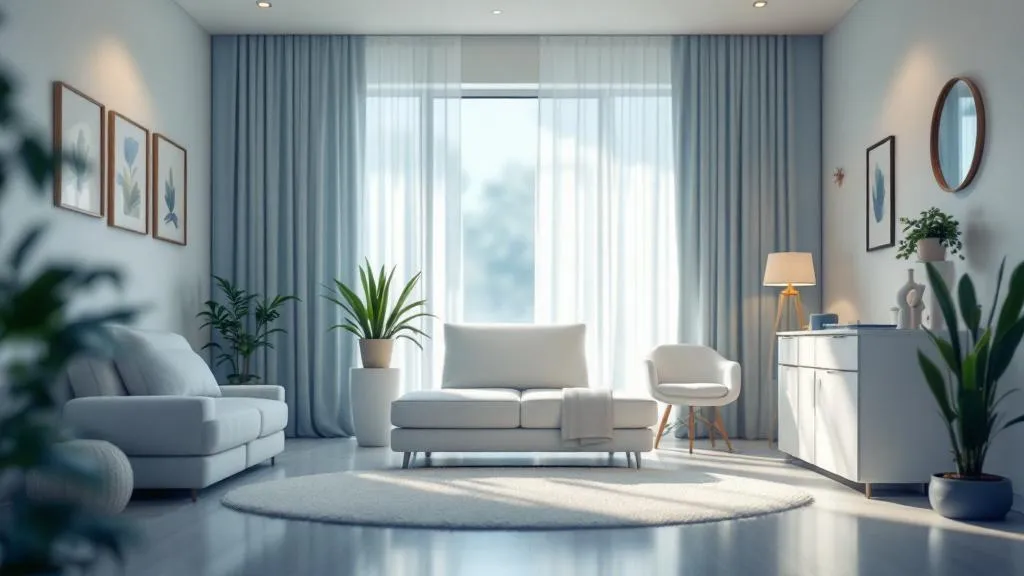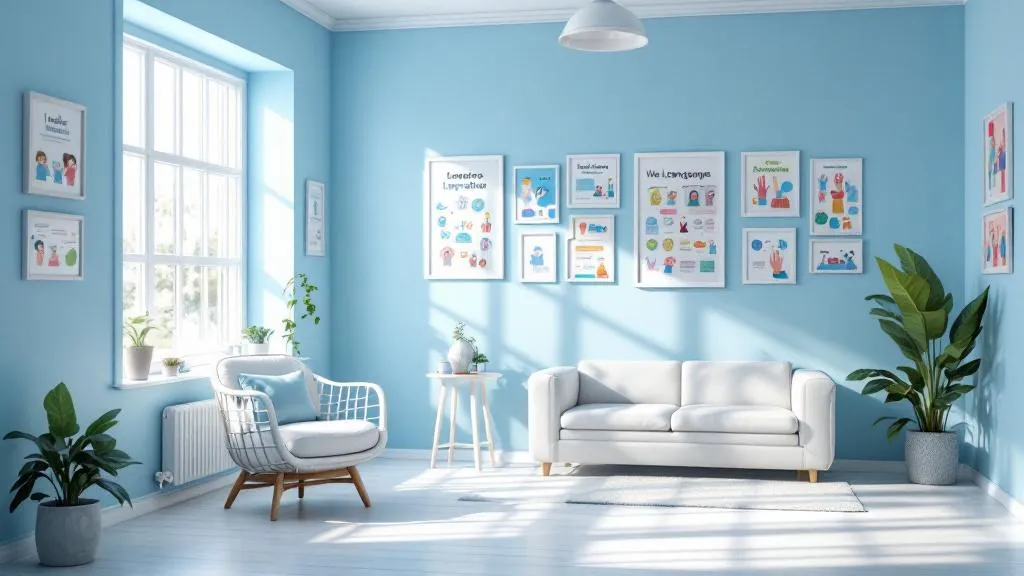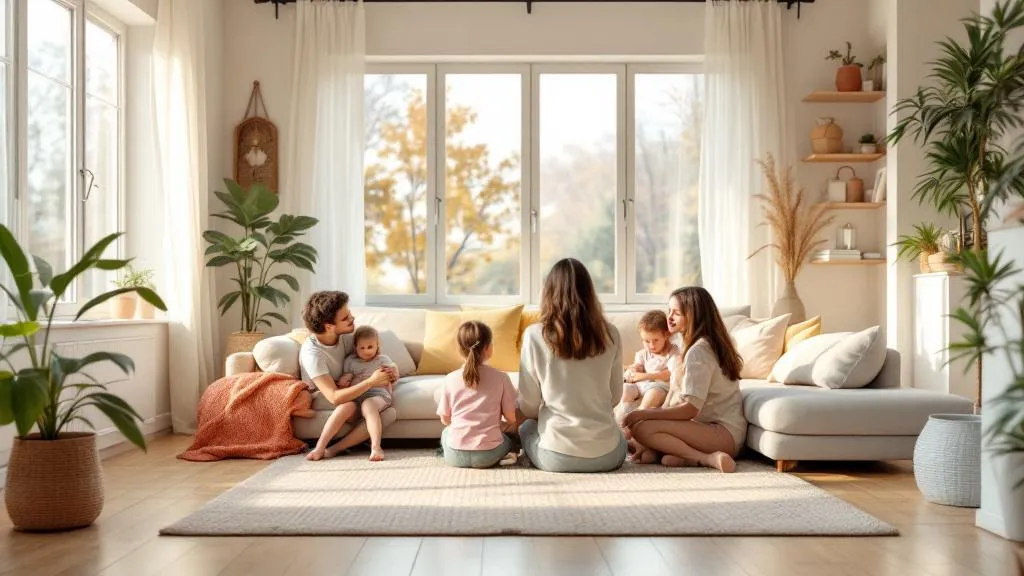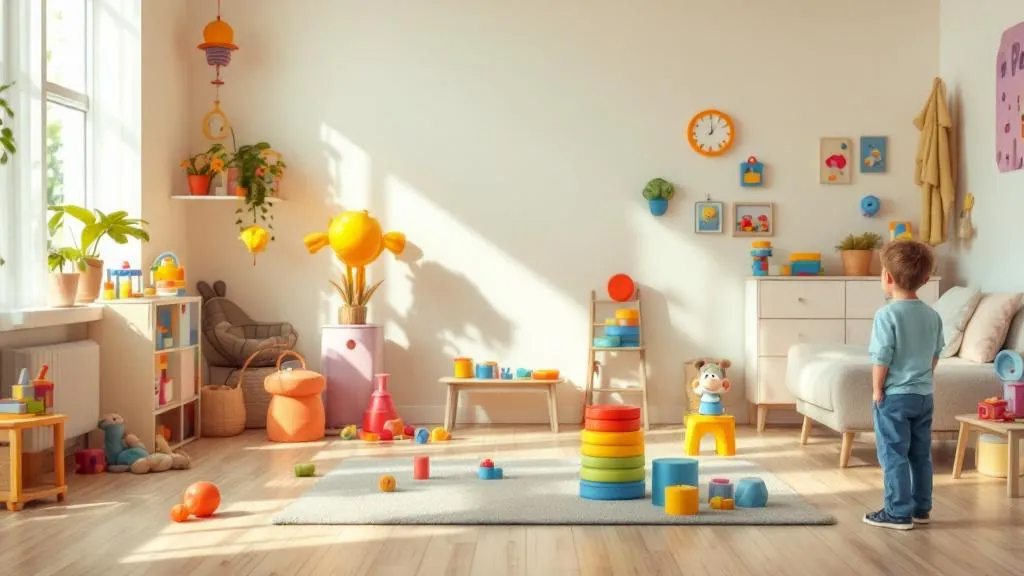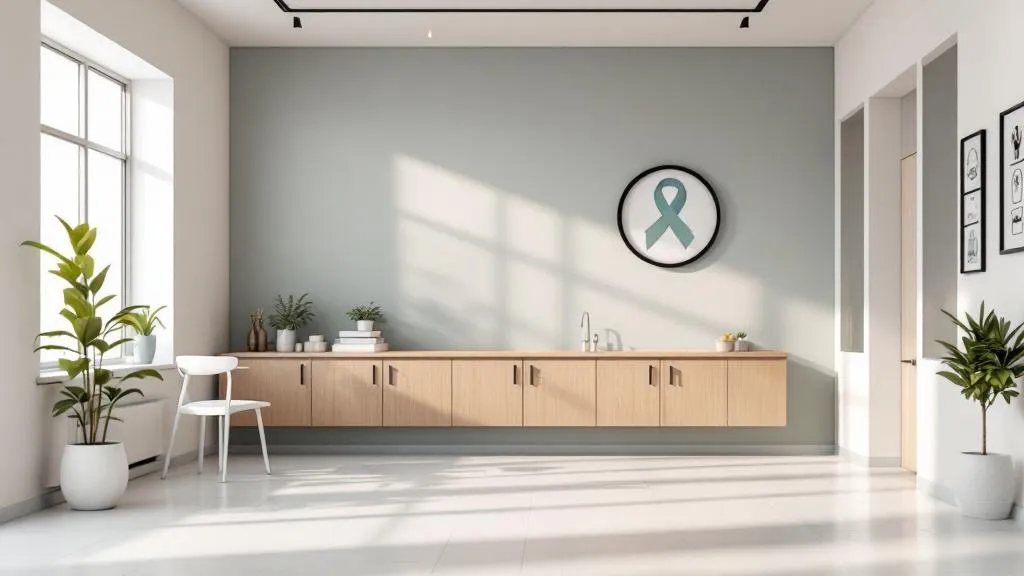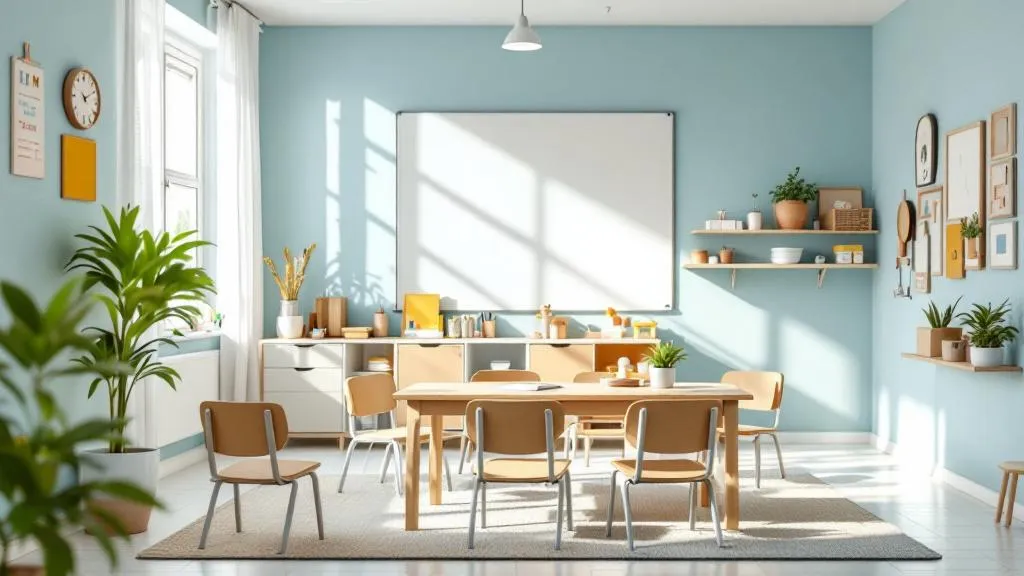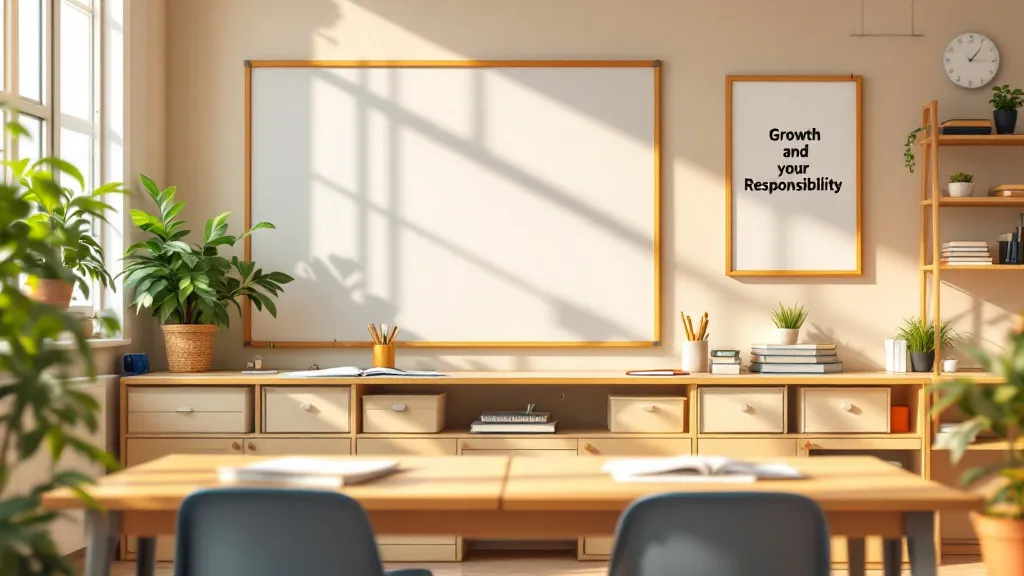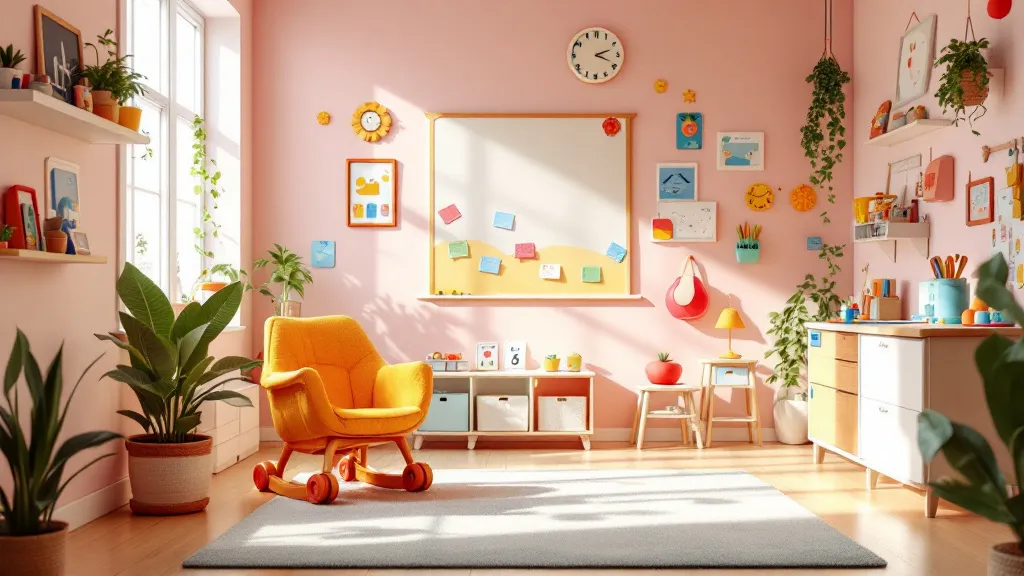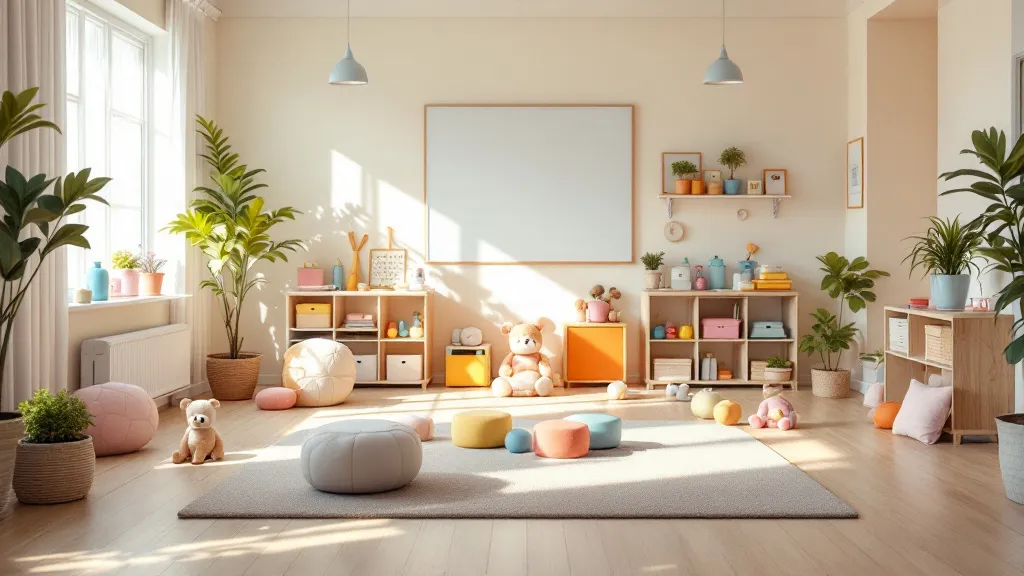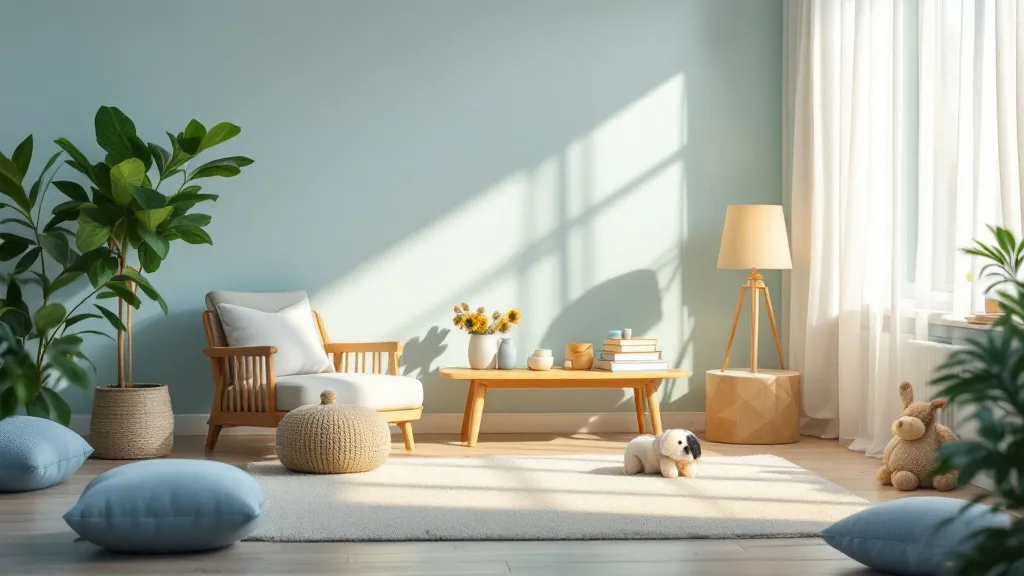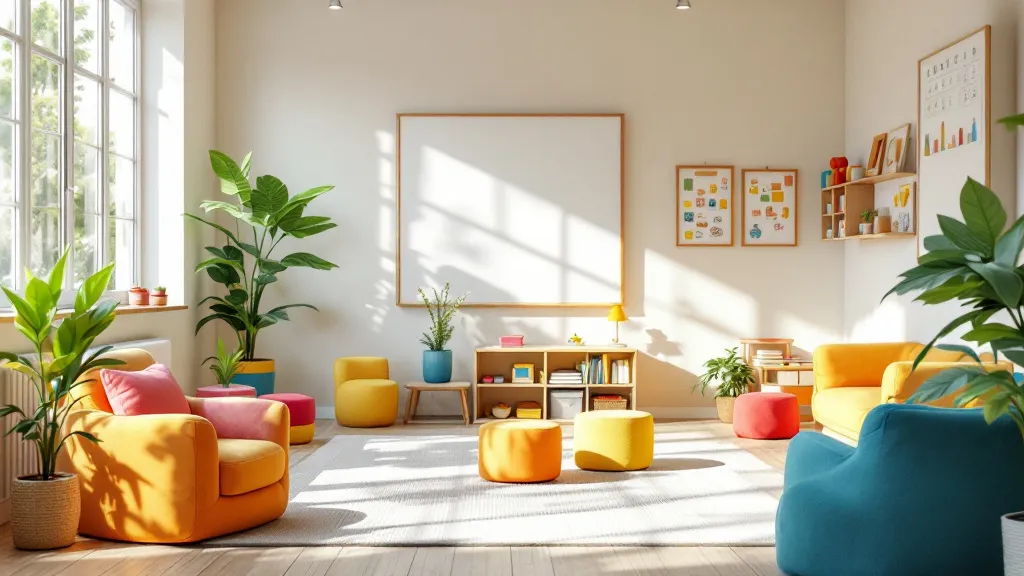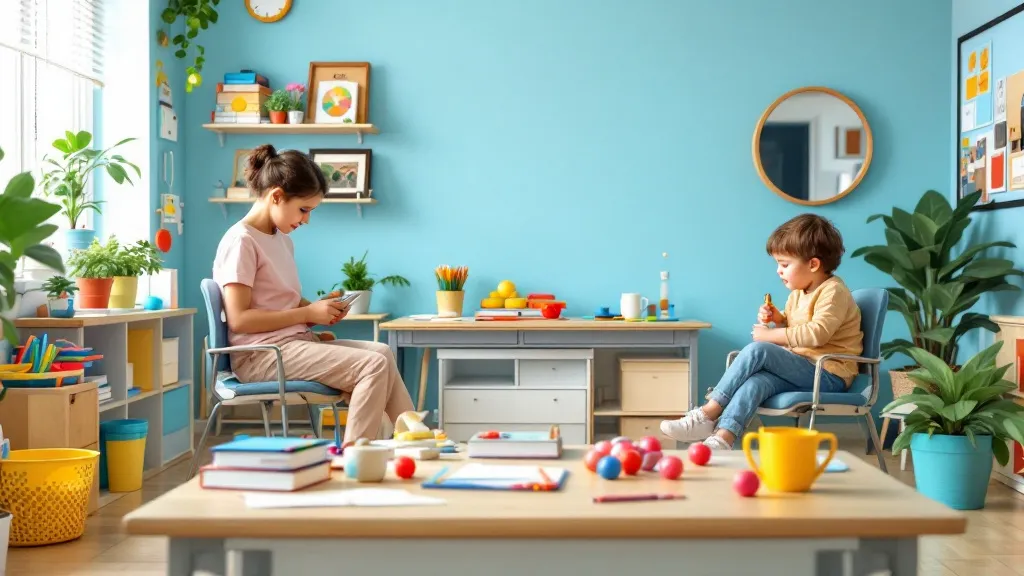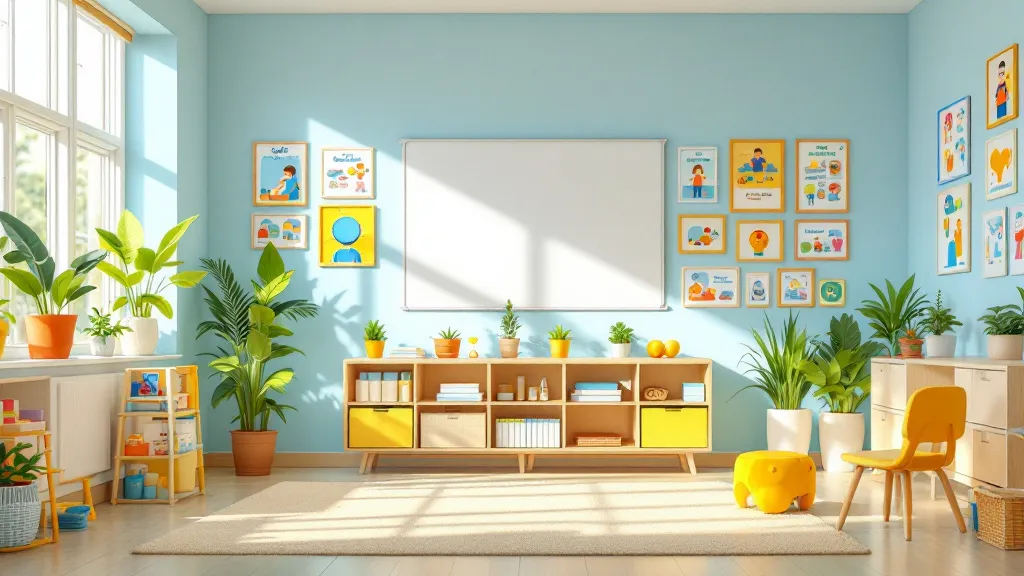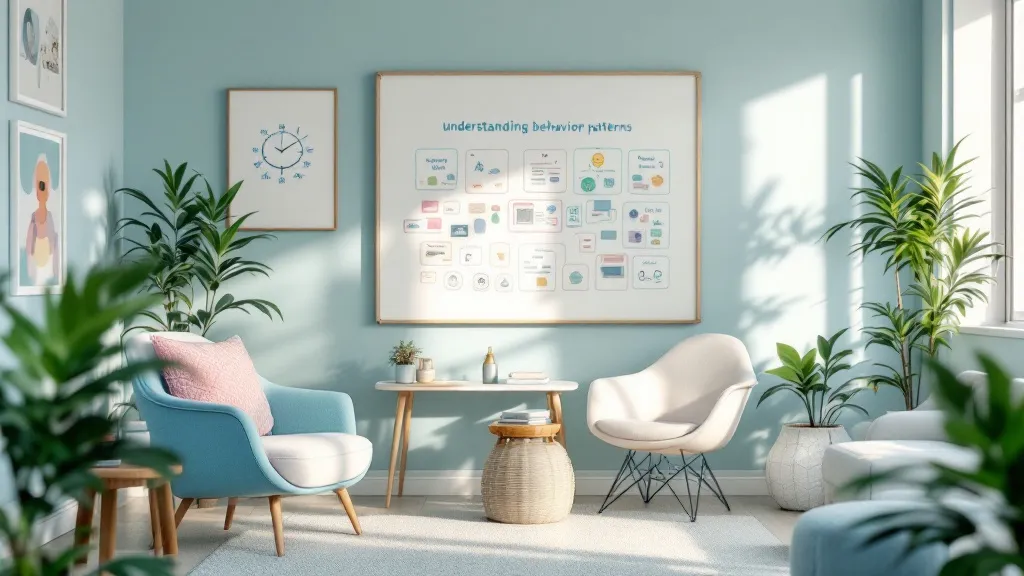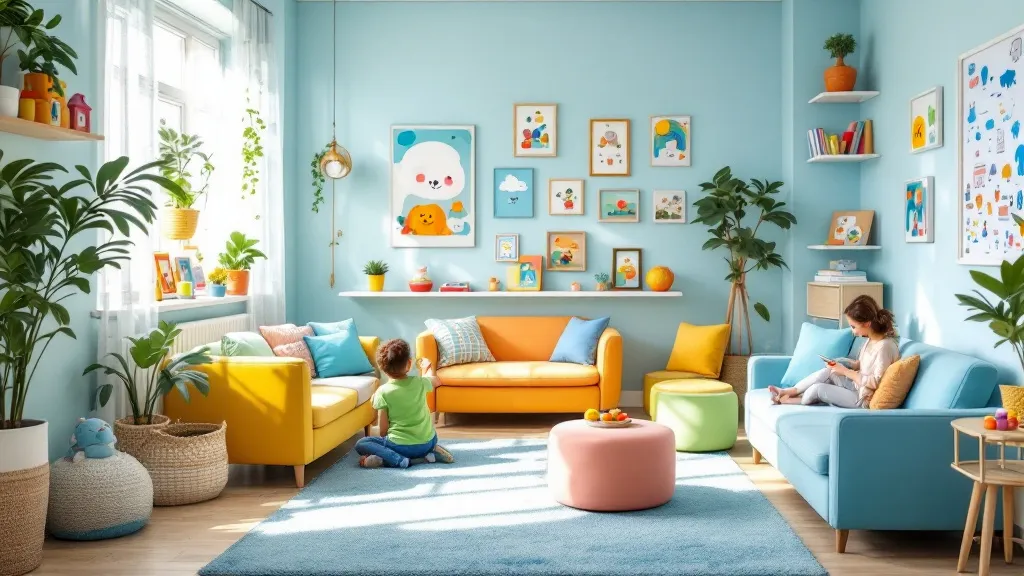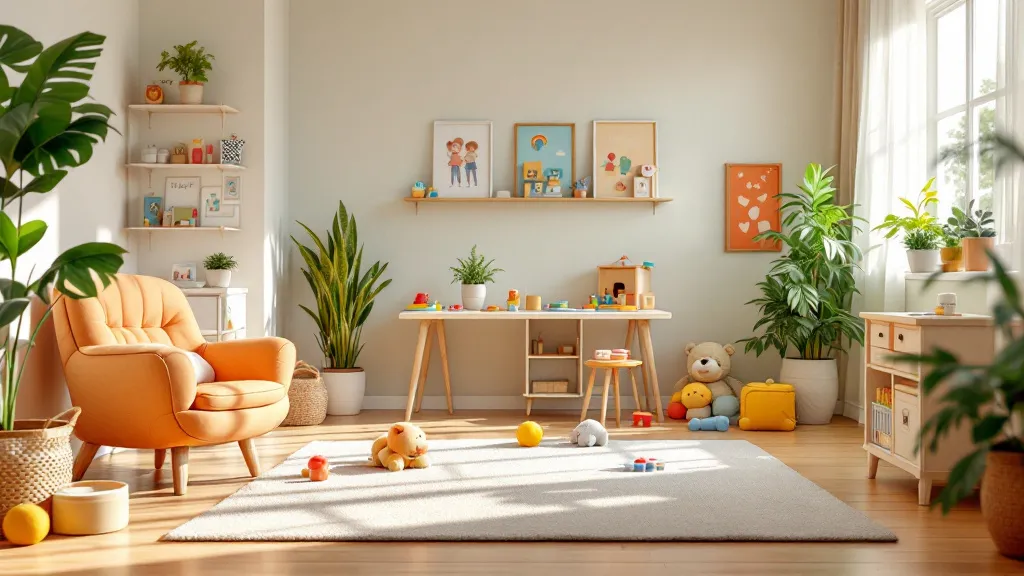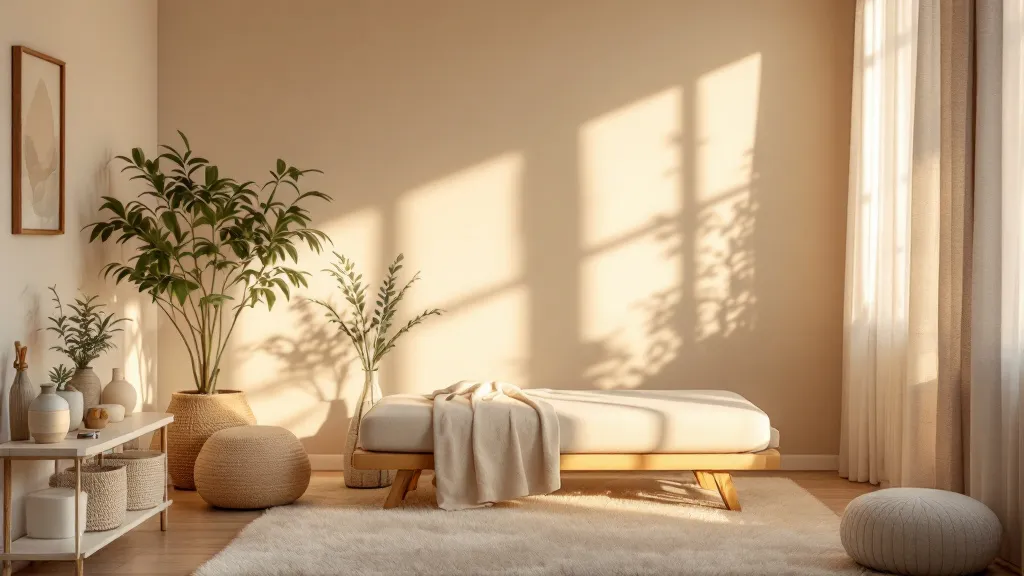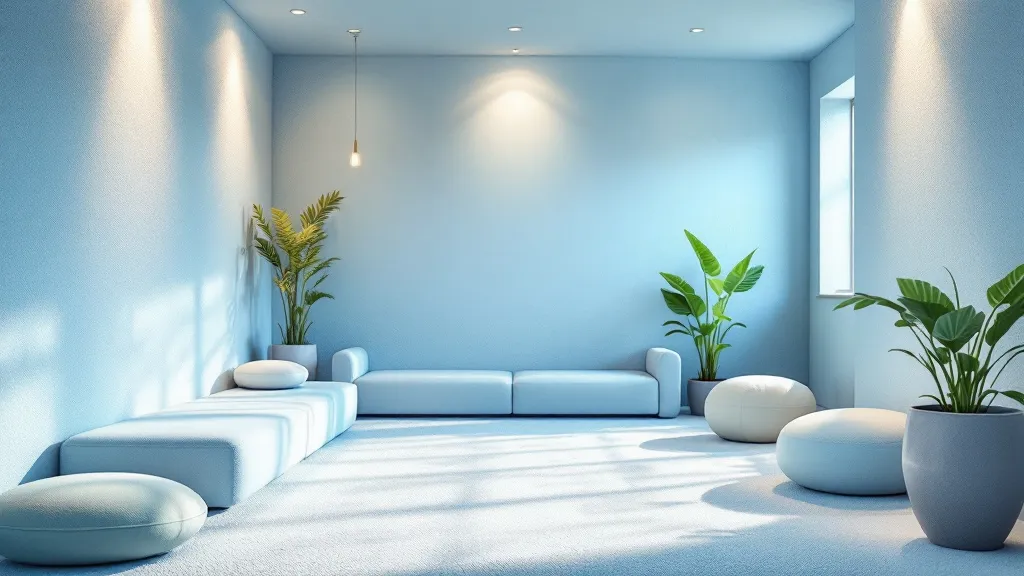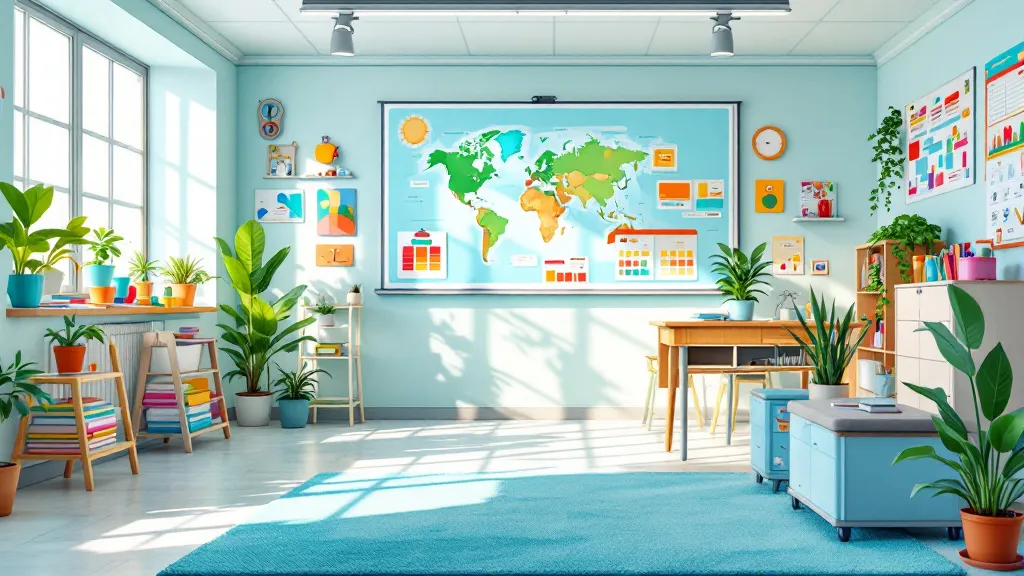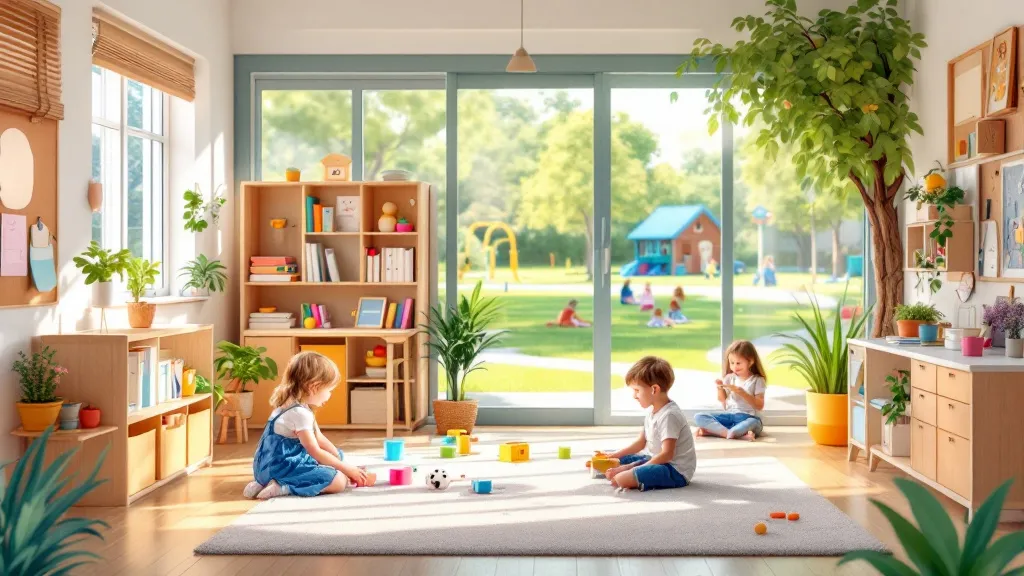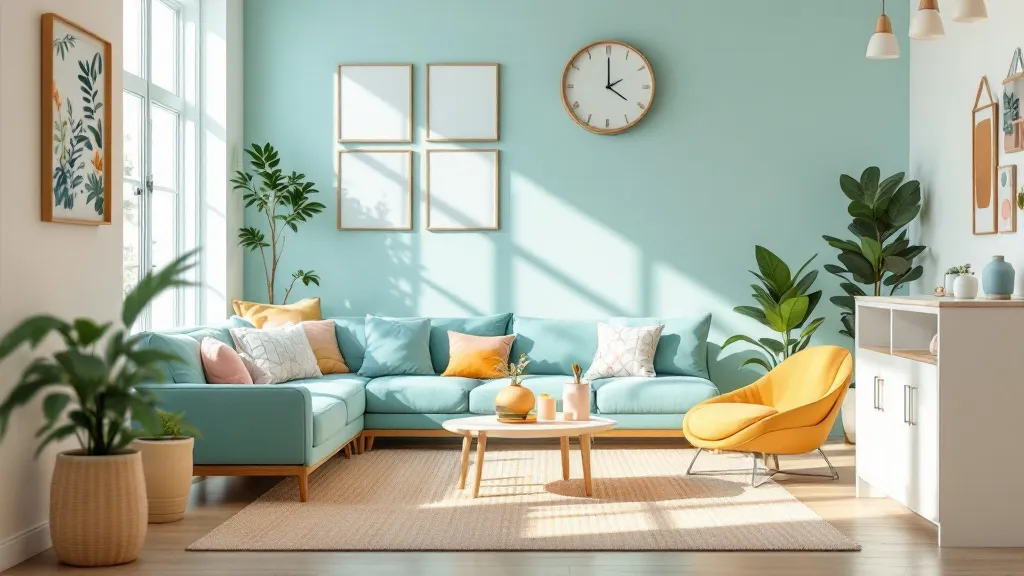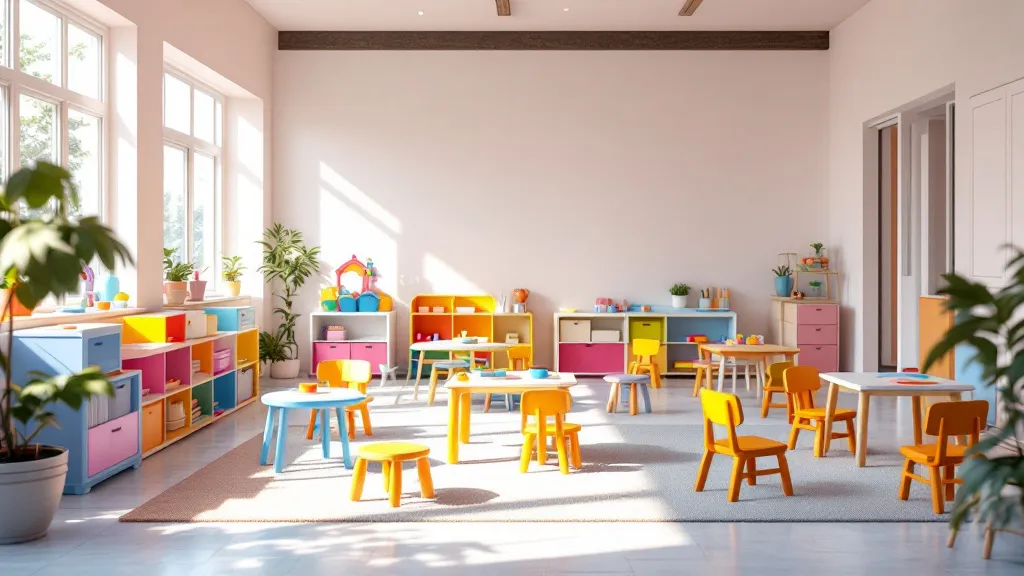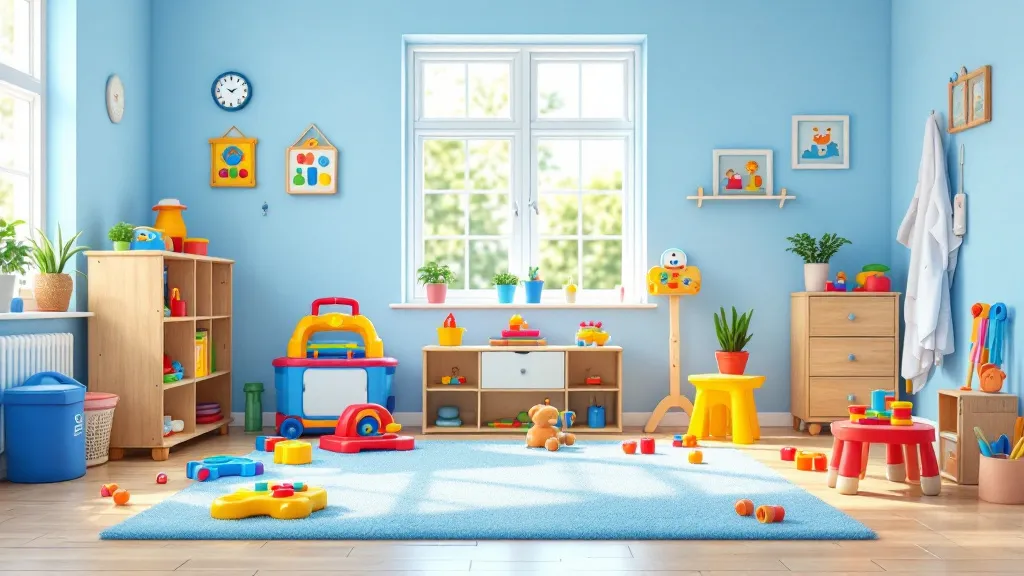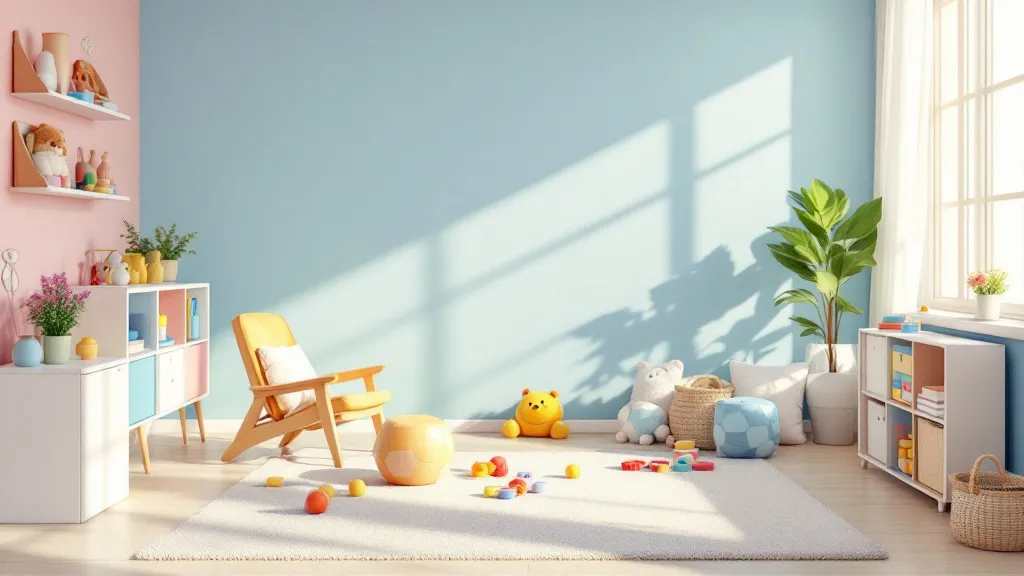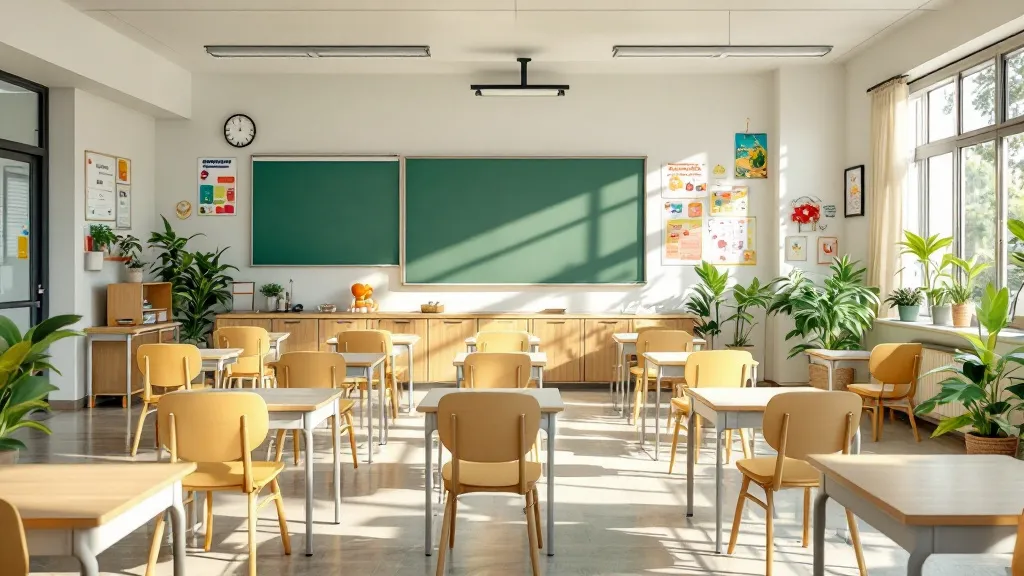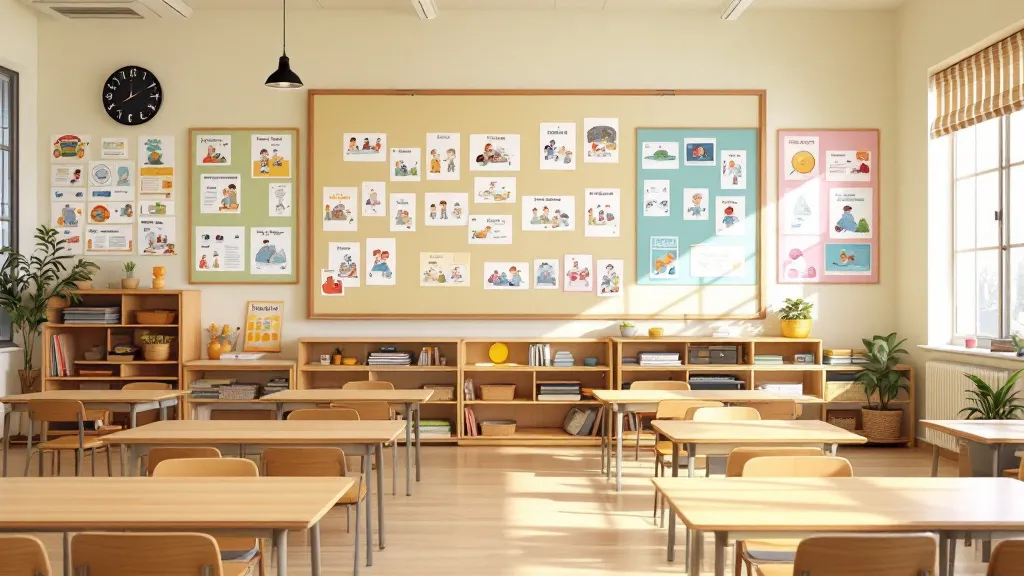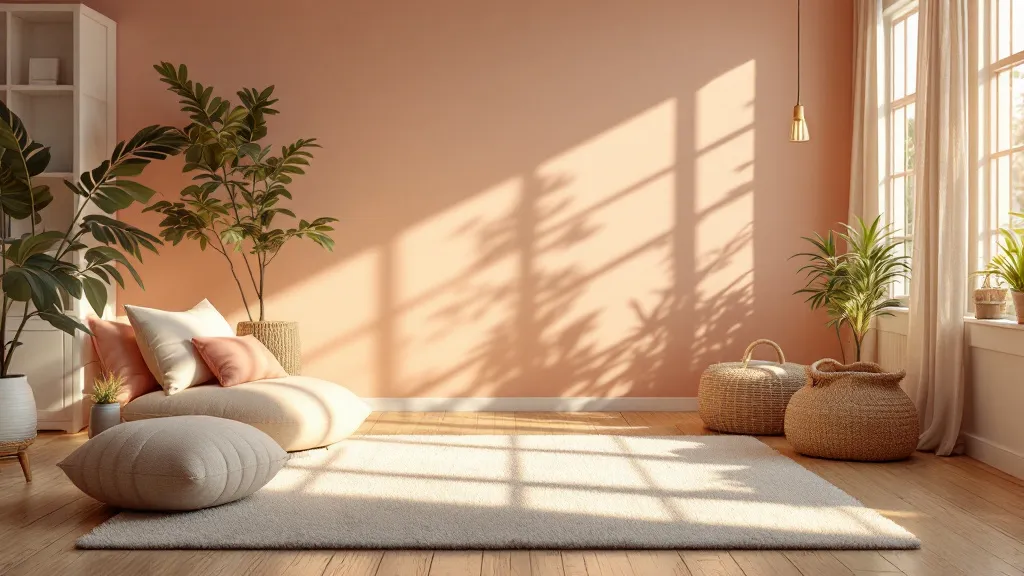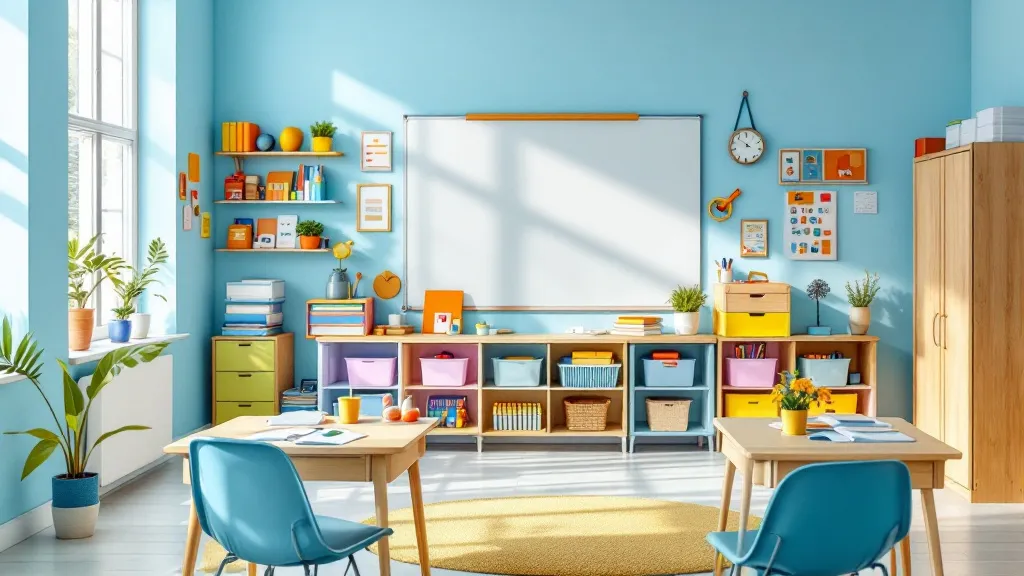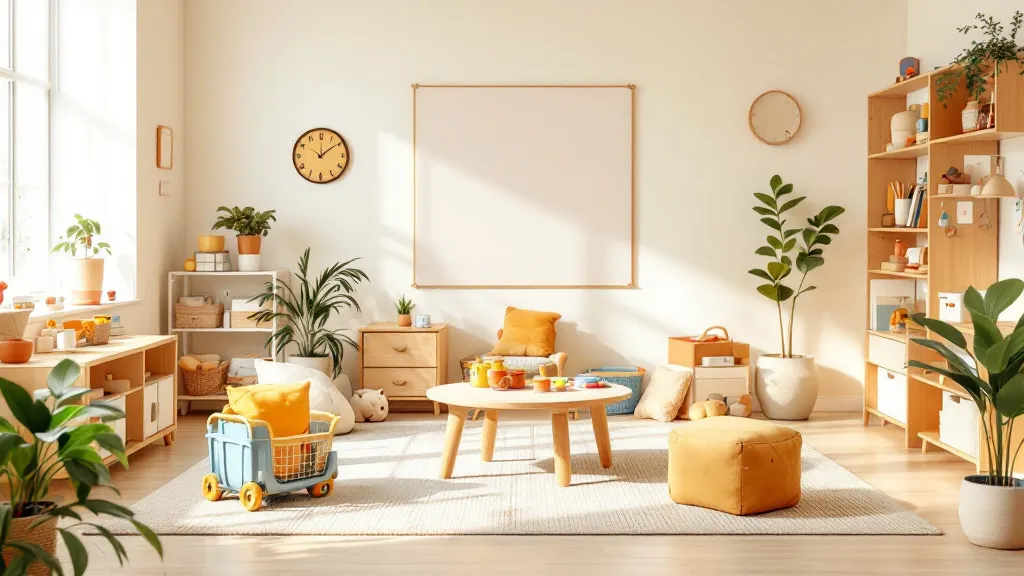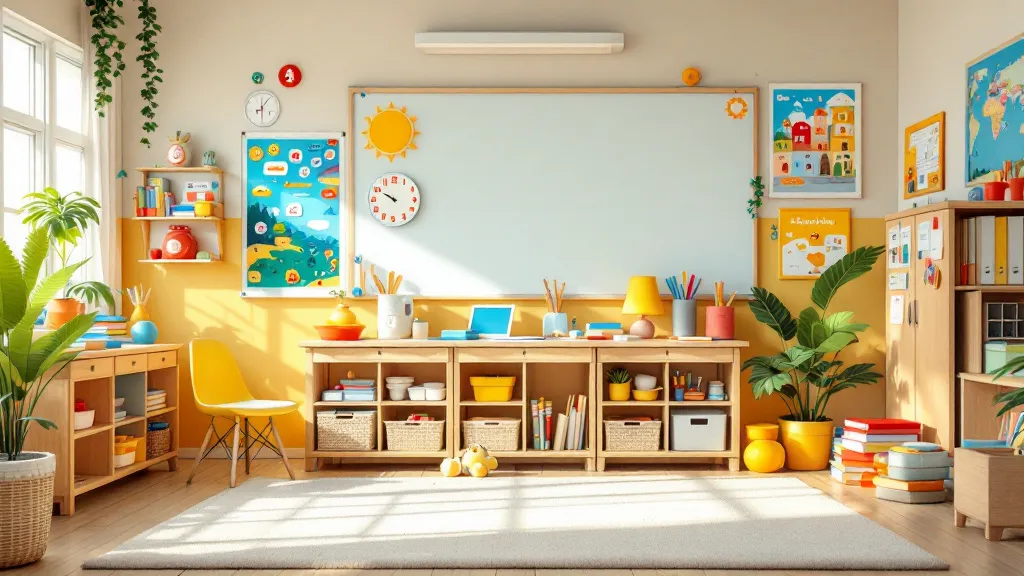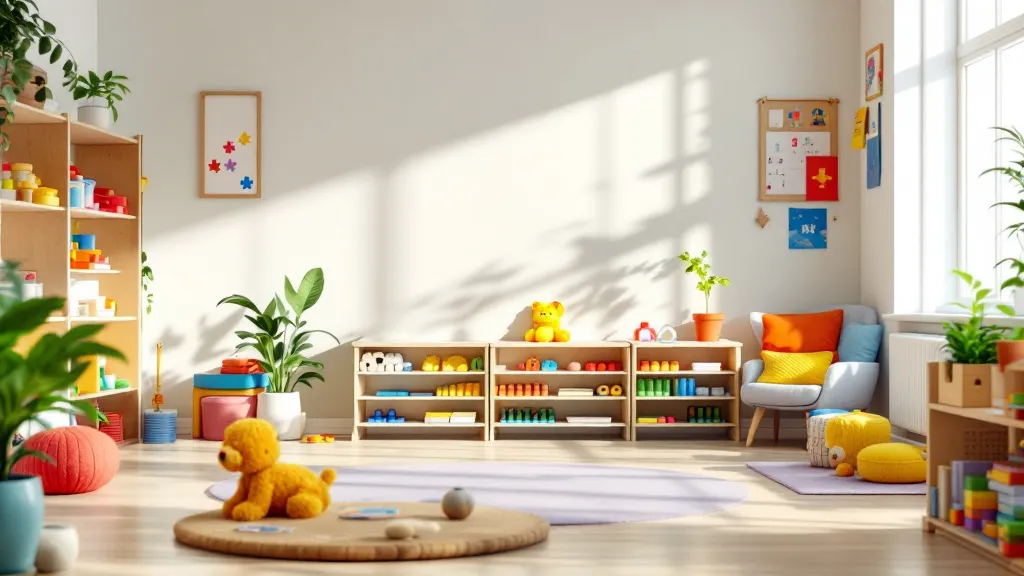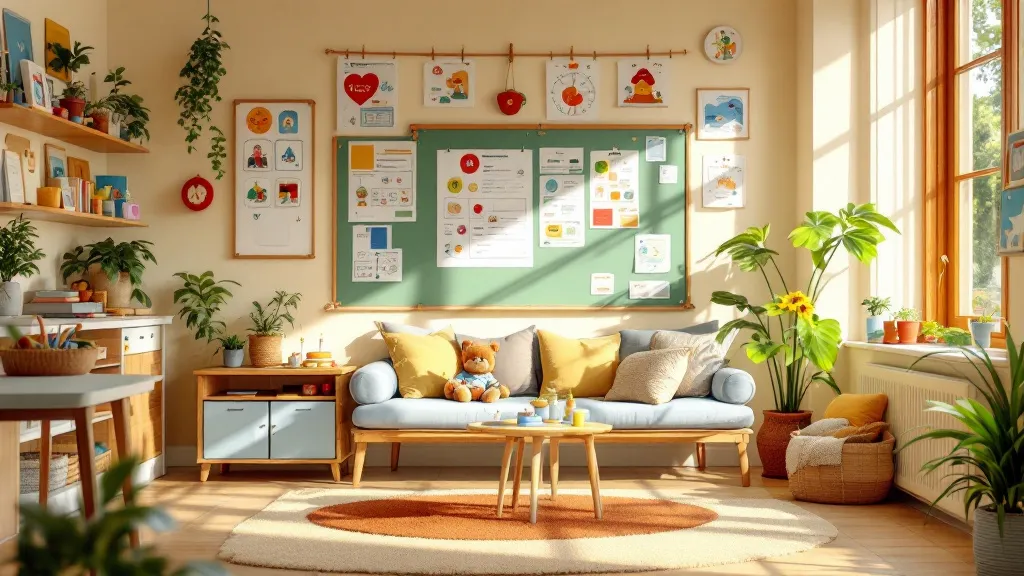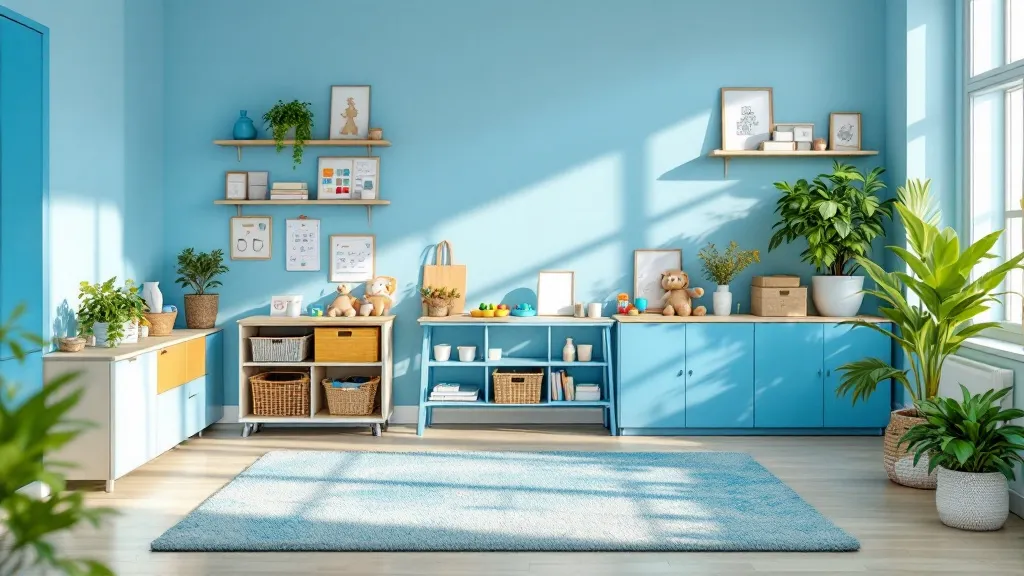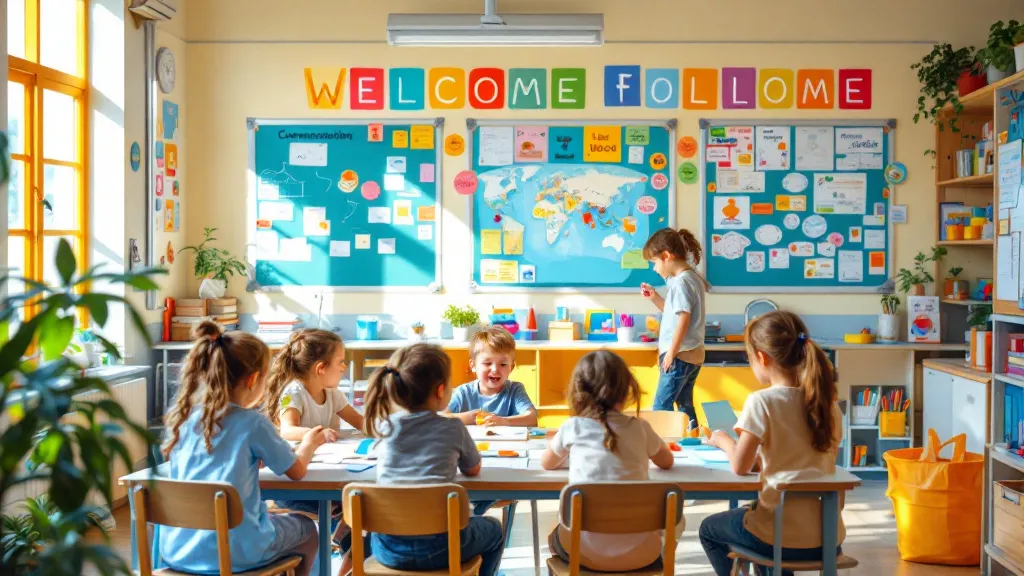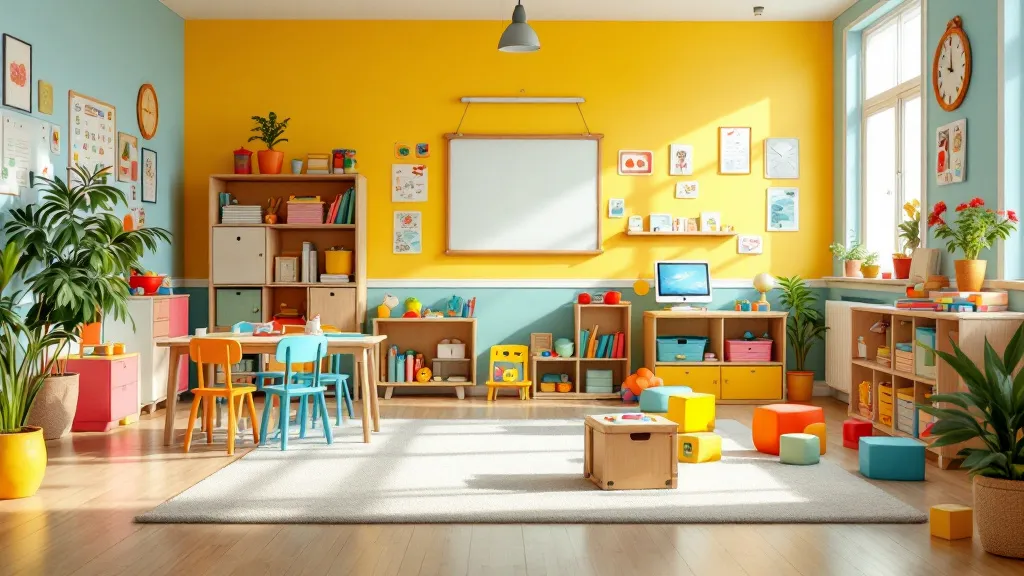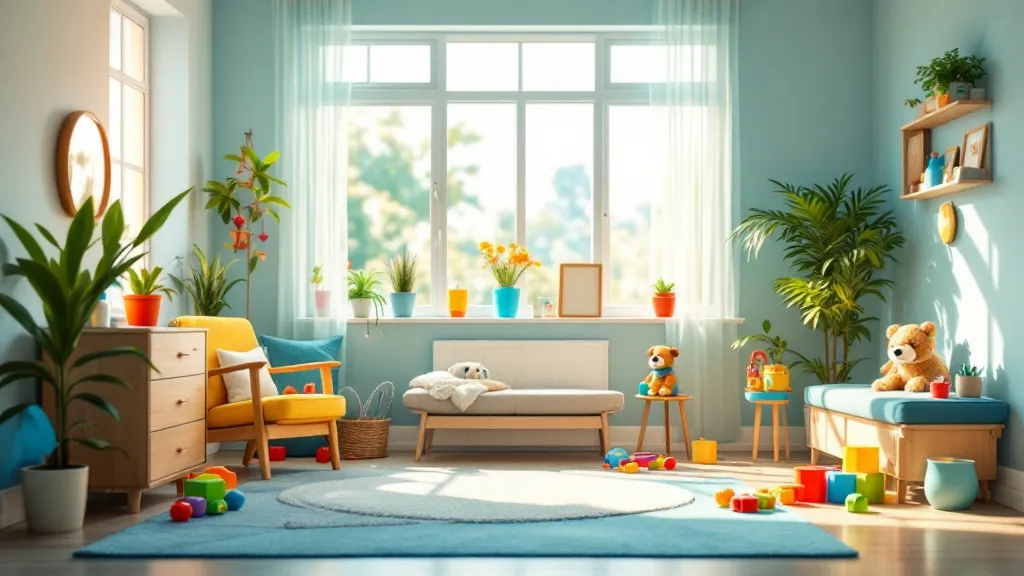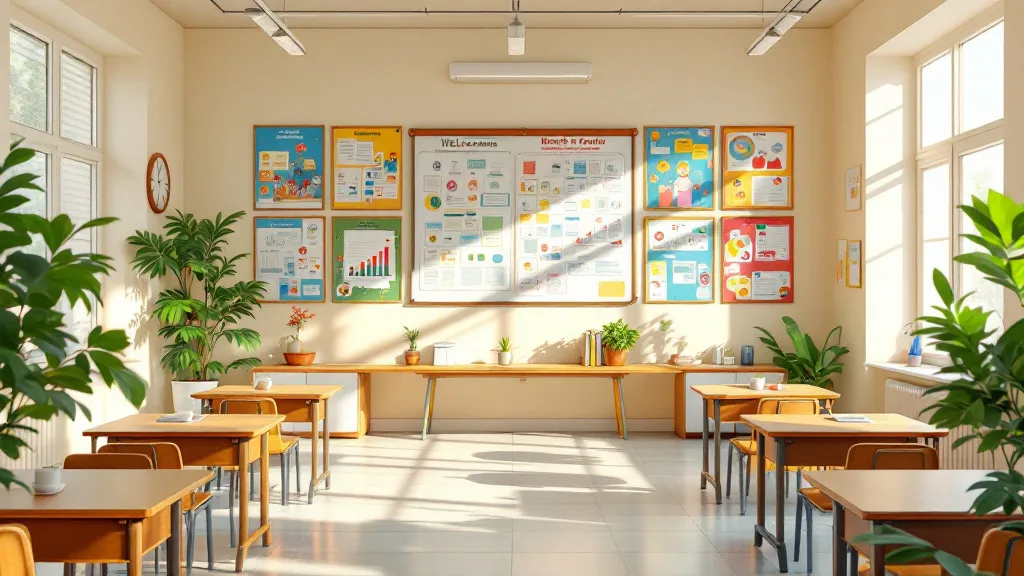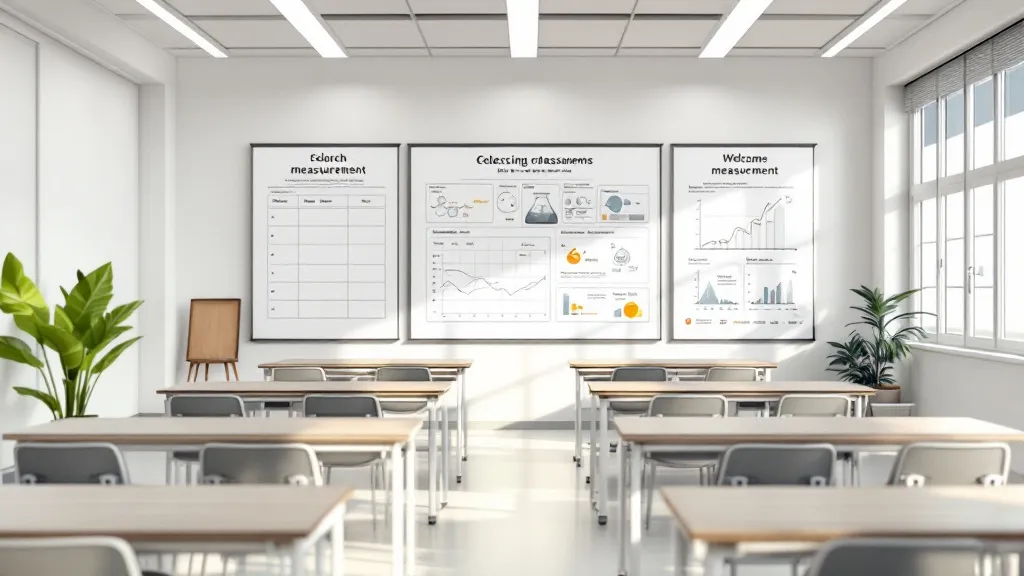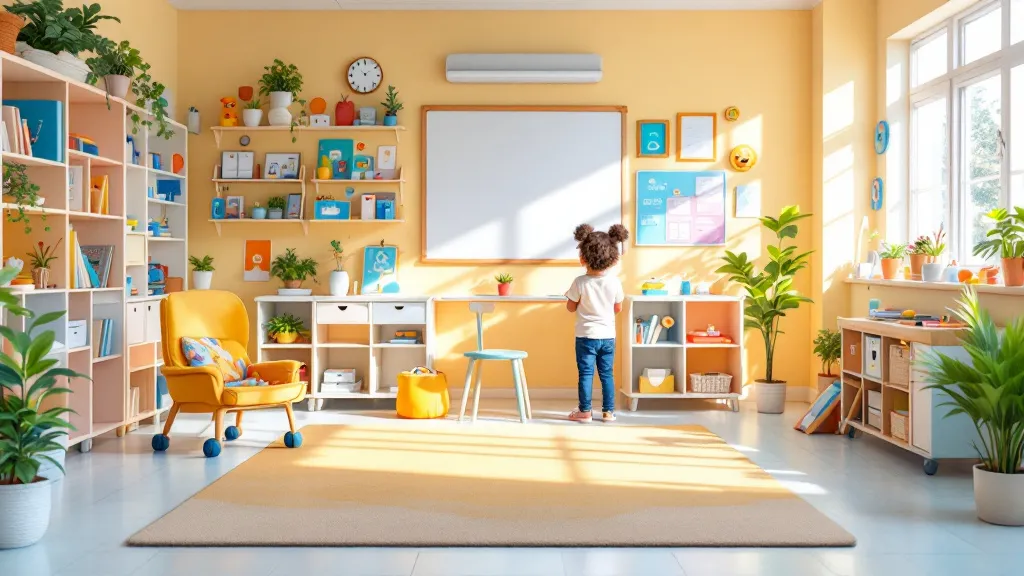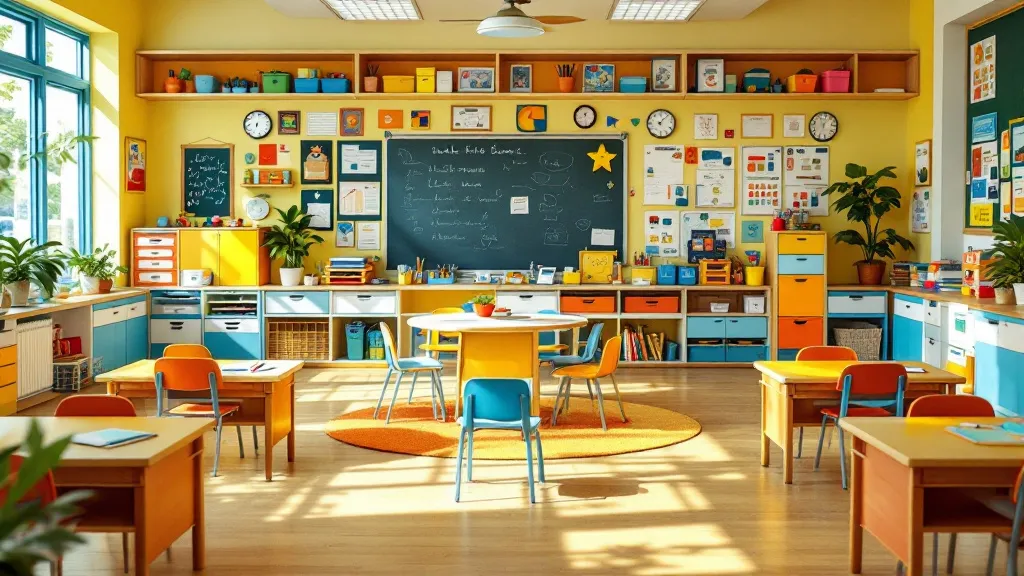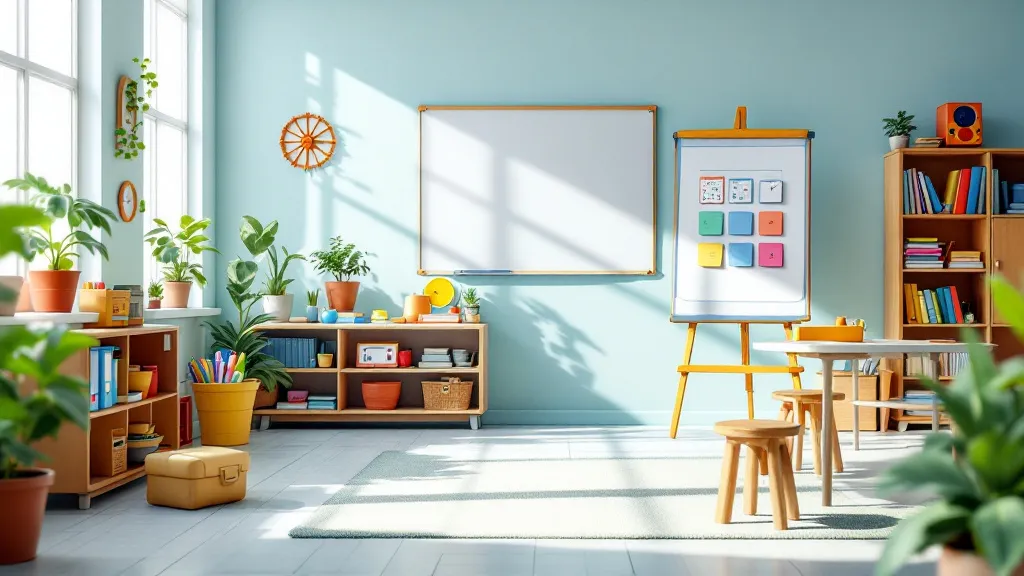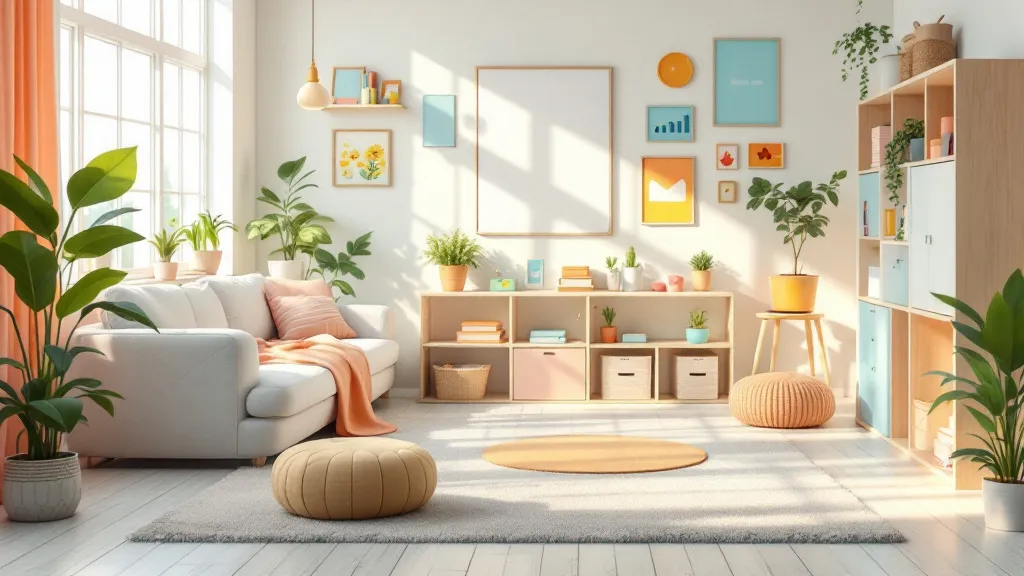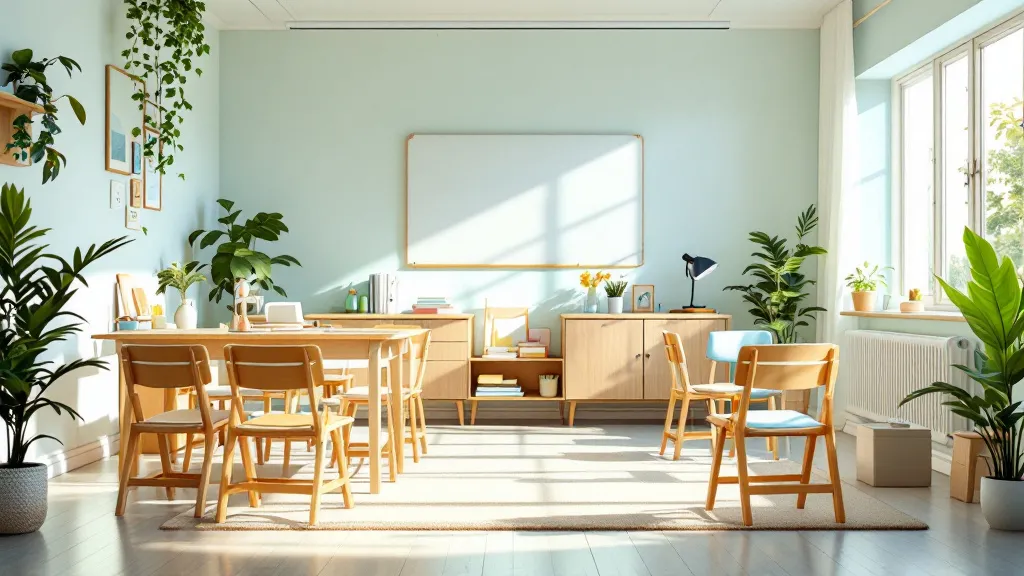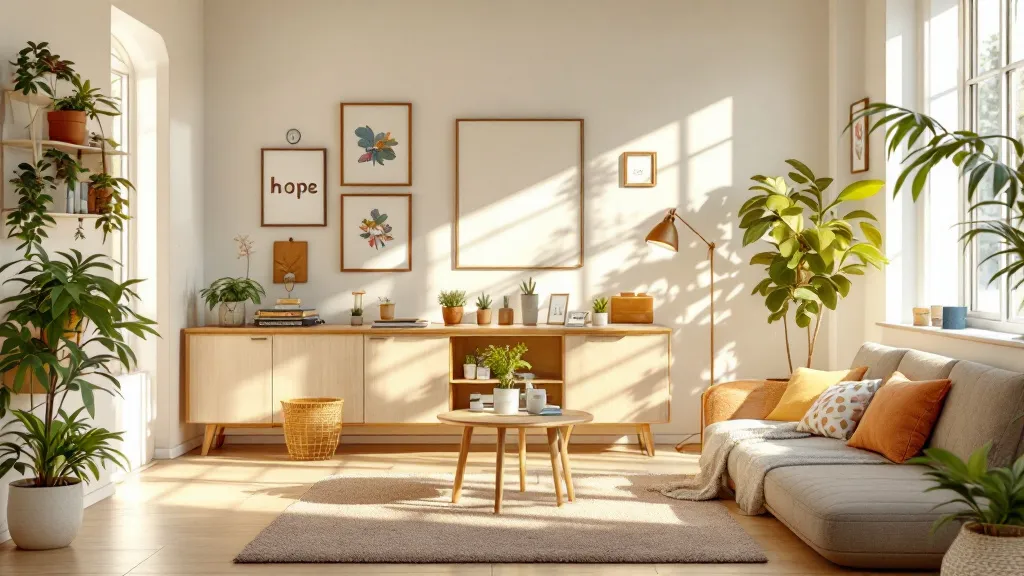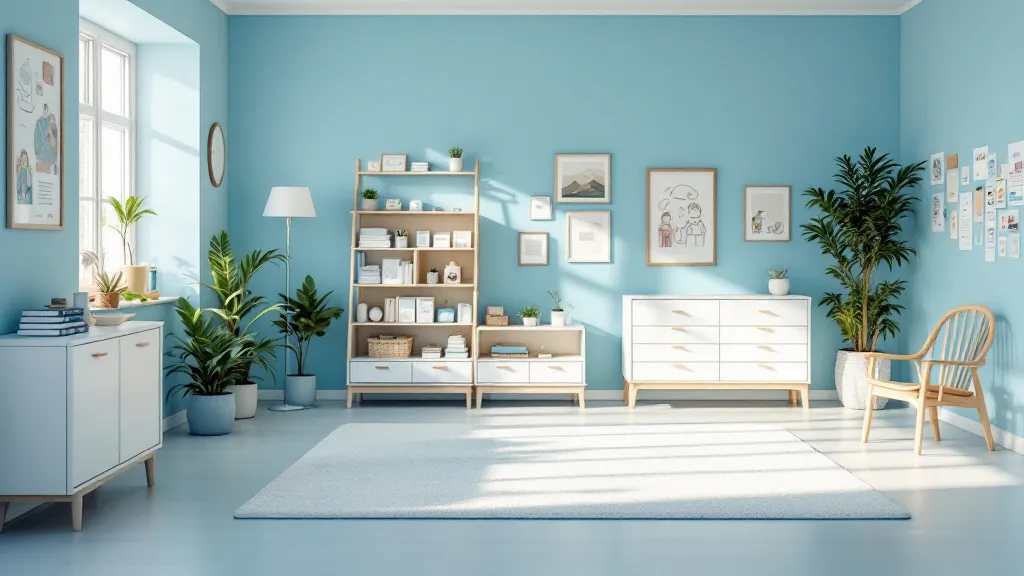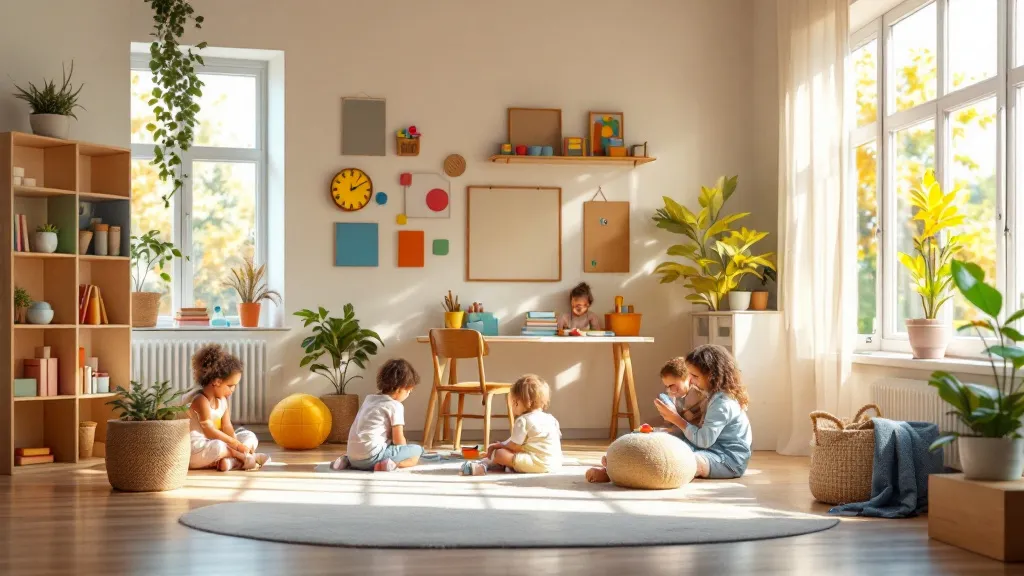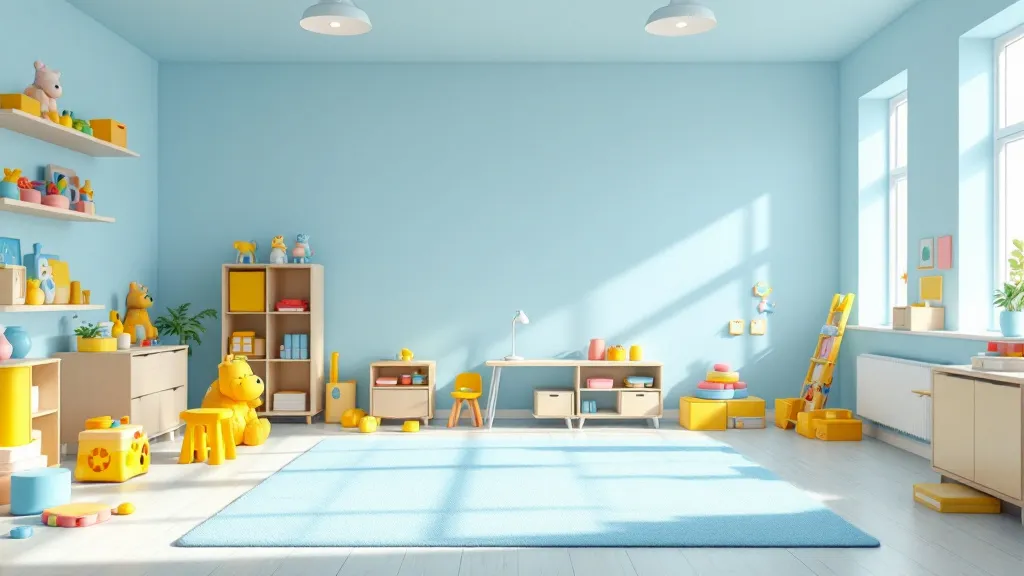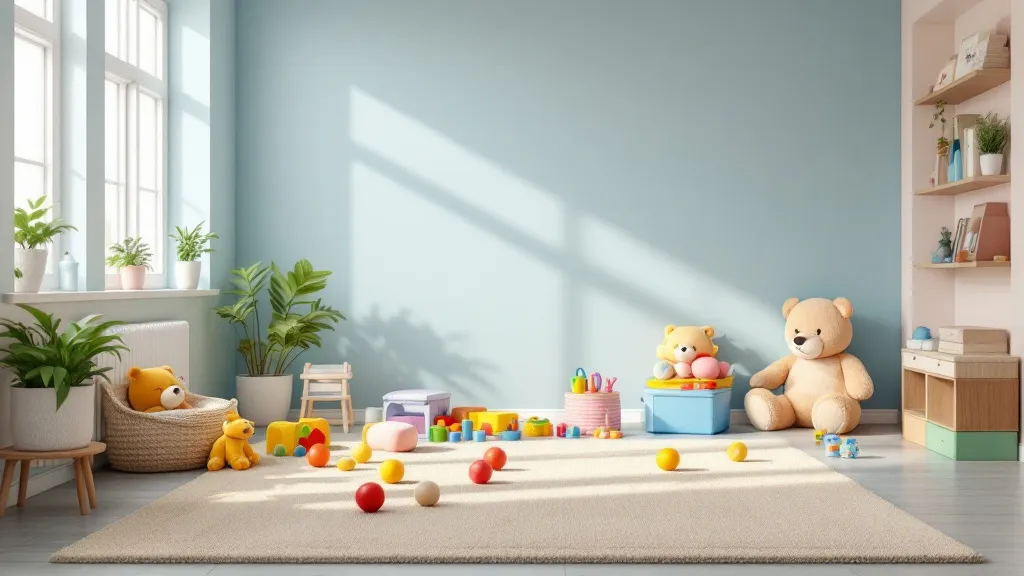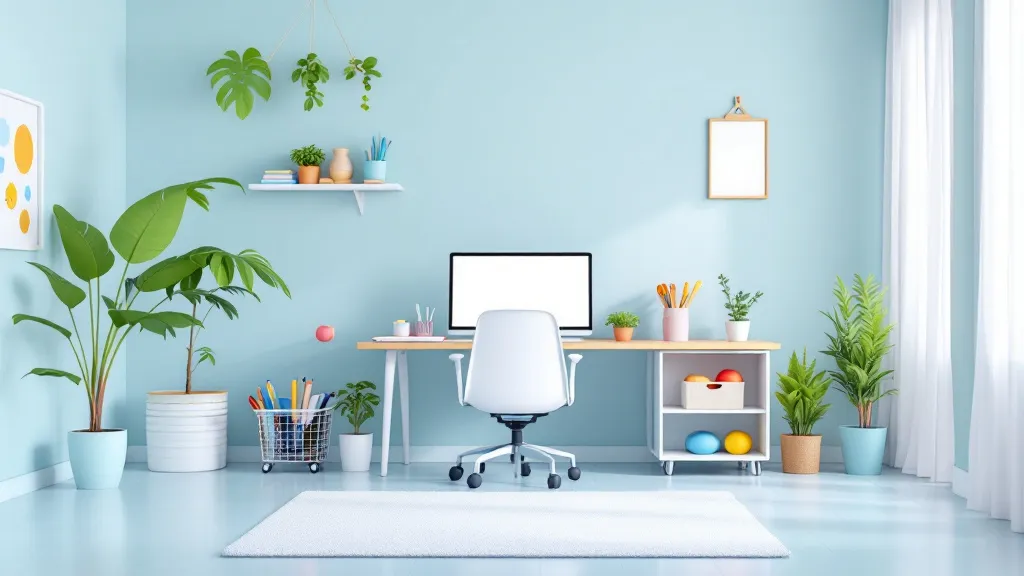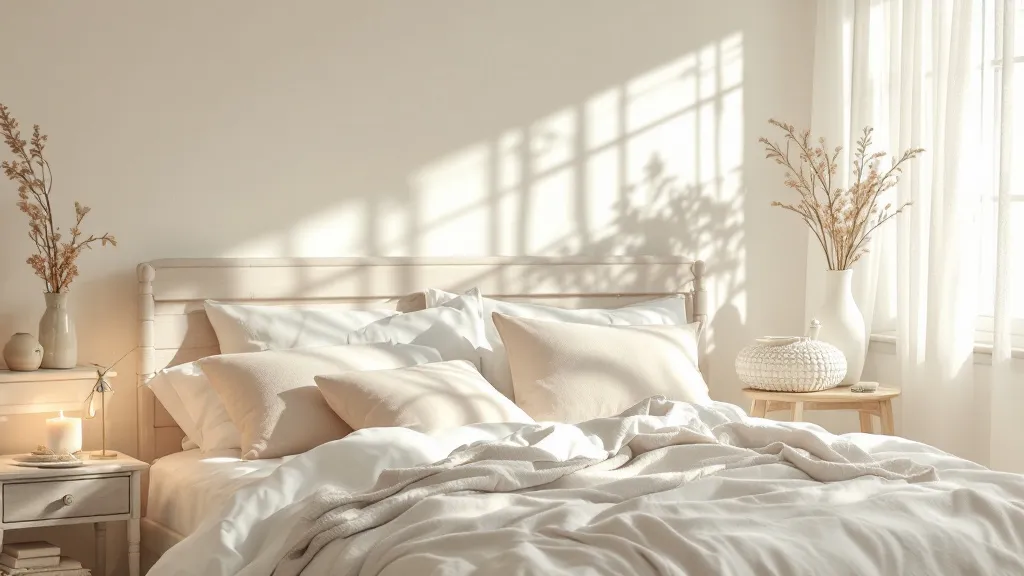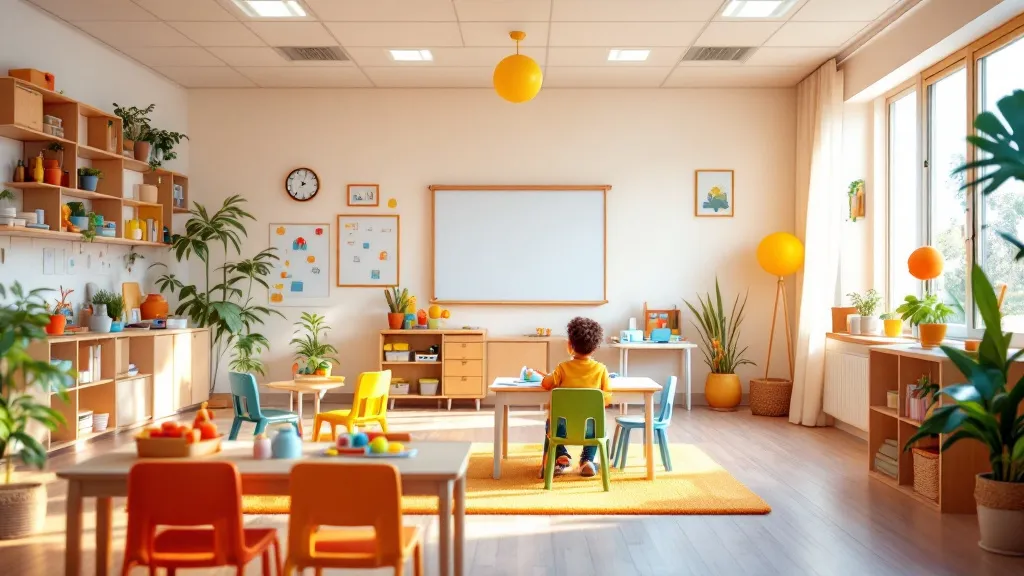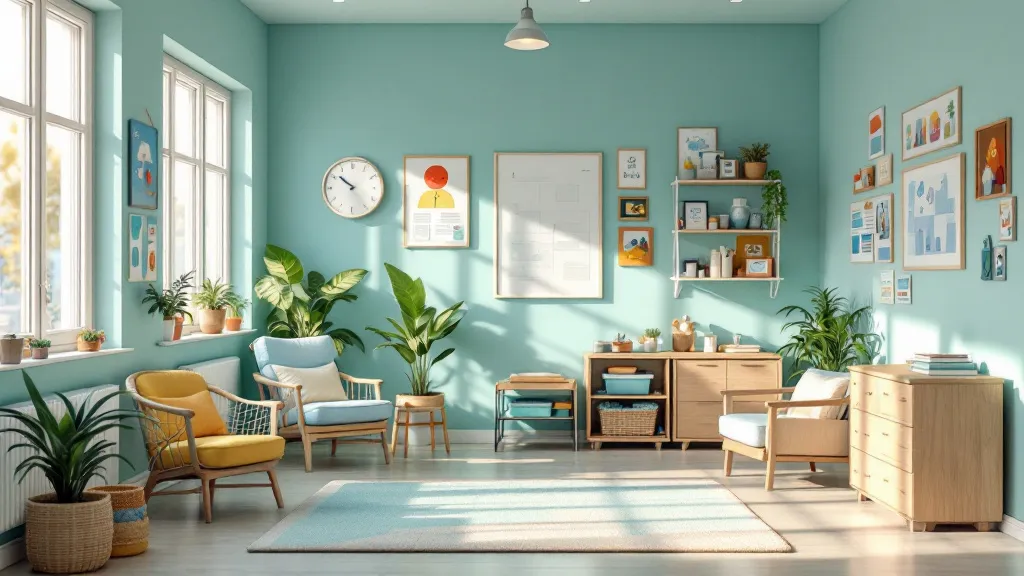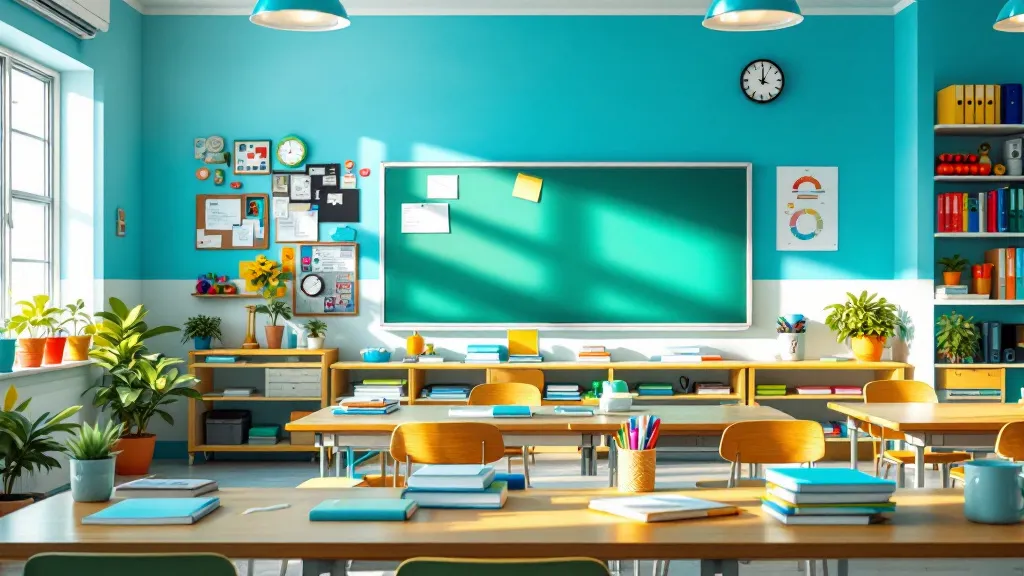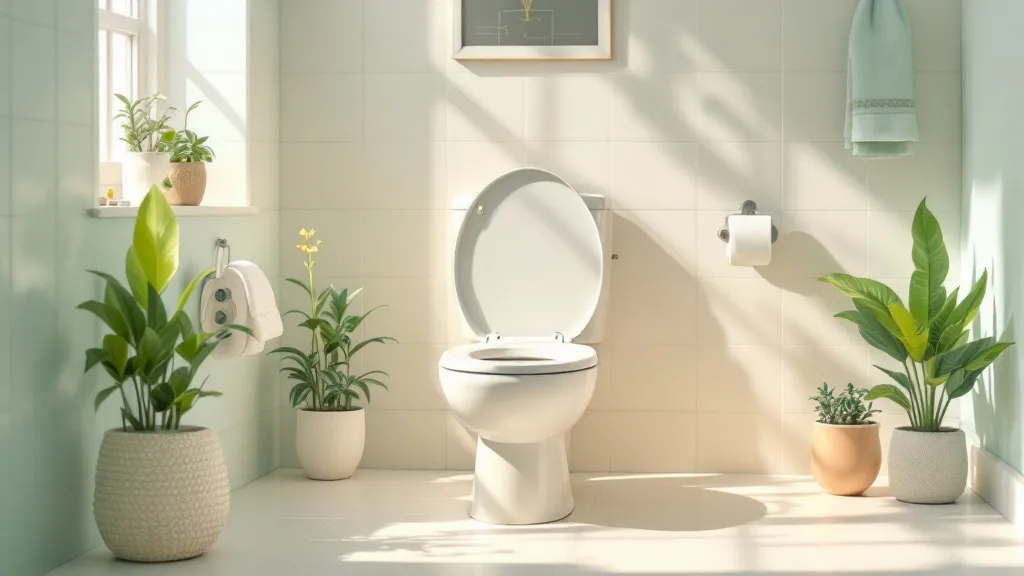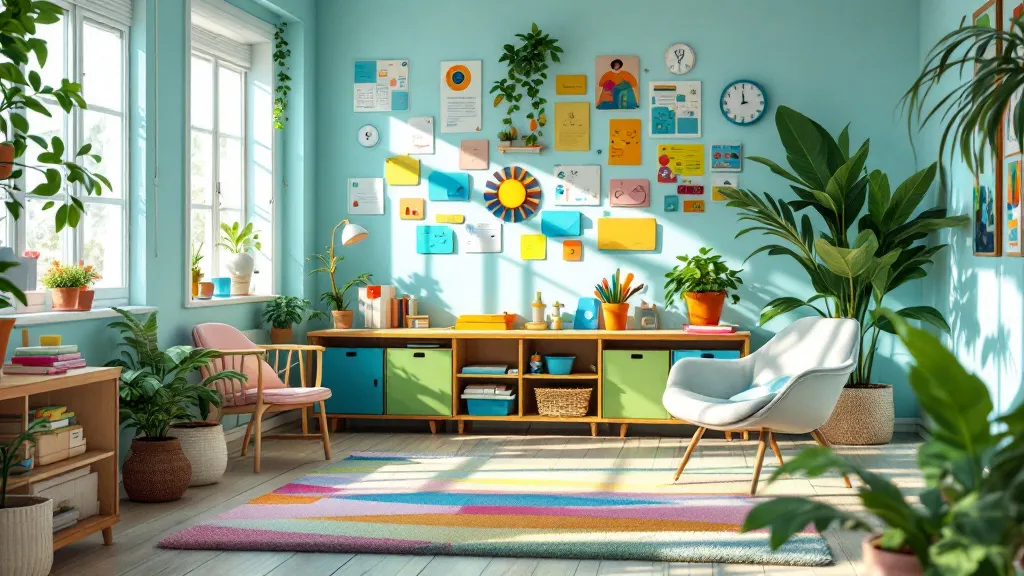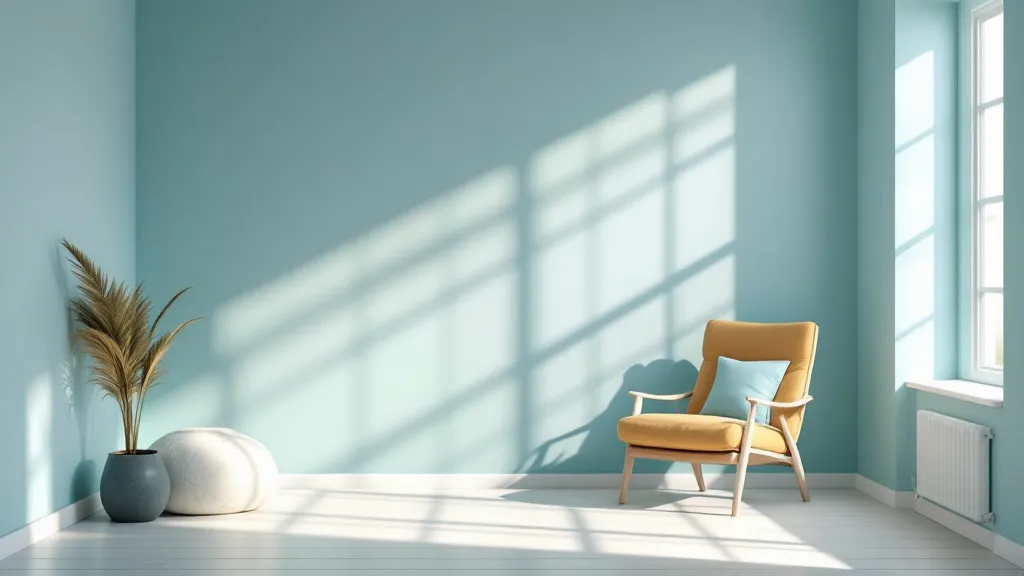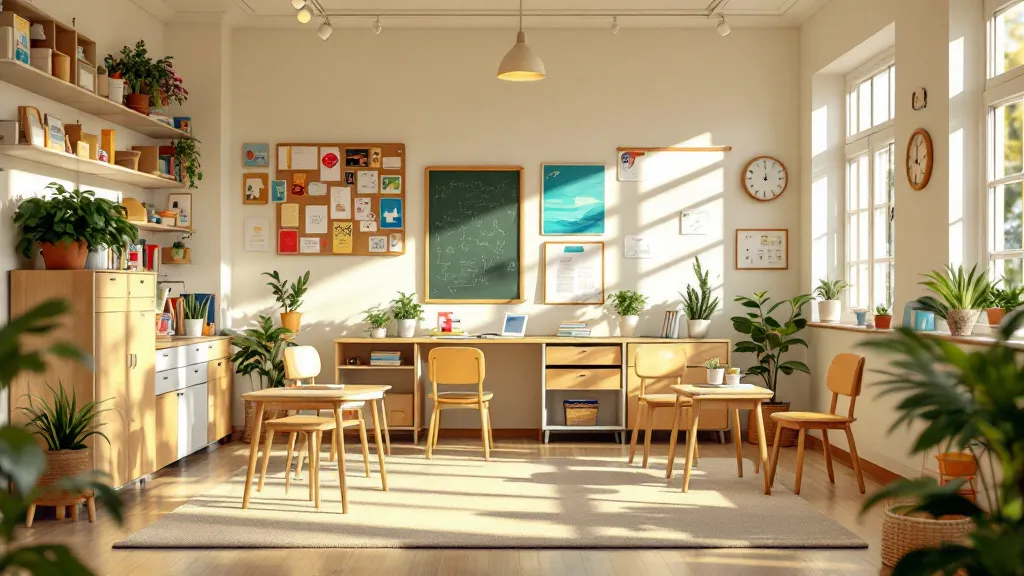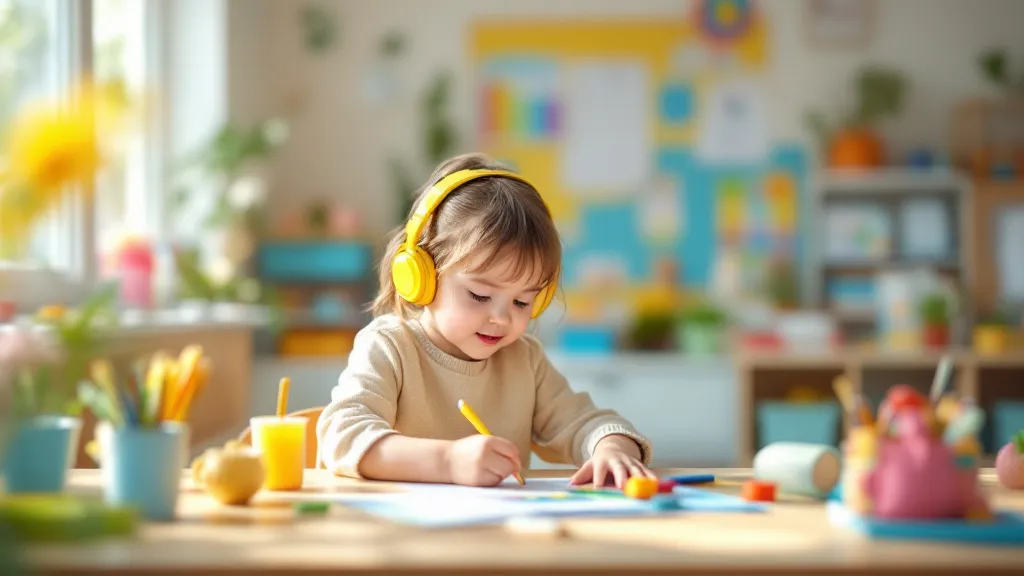Tips for setting up your home for ABA success
Creating the Ideal Home Environment to Maximize ABA Effectiveness
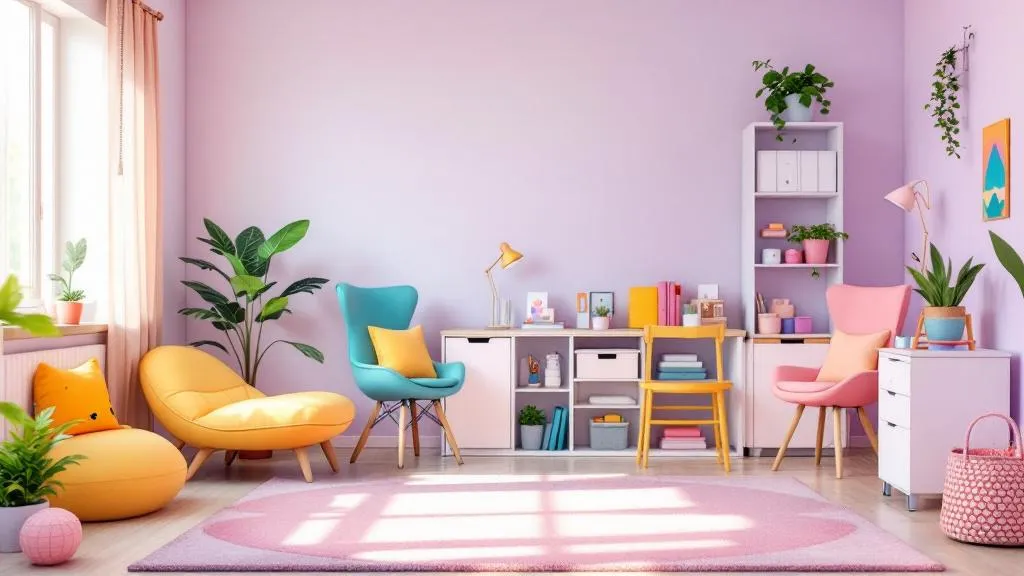
Laying the Foundation for ABA Success at Home
Optimizing your home for ABA therapy involves thoughtful planning, organization, and collaboration to create a space that promotes learning, reduces stress, and encourages progress. This article provides comprehensive tips and strategies for parents and caregivers to establish an environment conducive to effective ABA interventions, ensuring that each session is productive, engaging, and safe.
Designating a Dedicated, Safe ABA Space
How can I set up a home environment that supports ABA therapy effectively?
Creating a dedicated space for ABA sessions at home is essential for maximizing learning and minimizing distractions. Start by selecting a quiet, low-traffic area that offers good lighting and comfortable seating for both the child and the therapist. This could be a corner of a room, a small room, or even a partitioned area.
Reduce visual clutter and background noise to help the child focus during therapy. Using visual supports such as schedules, picture cards, and labels can foster predictability and ease transitions into therapy sessions. Organize therapy materials like toys, reinforcers, and teaching aids in labeled storage bins, keeping them accessible yet tidy.
Incorporate sensory supports such as weighted blankets, sensory-friendly lighting, or tactile toys to manage sensory sensitivities. Secure furniture and remove hazards to create a safe environment, and install safety features like gates if necessary.
Establish consistent routines and visual cues to help the child understand the session flow. Collaborate with your ABA provider to tailor this space further, integrating ABA techniques seamlessly into daily routines.
Overall, an organized, calm, and predictable area equips your child to engage more effectively, promoting skill development and positive behavior during each session.
Creating a Calm, Clutter-Free Space
To support effective ABA therapy at home, setting up a dedicated and organized environment is essential. Start by choosing a quiet, low-traffic area that minimizes distractions and provides a sense of calm. This space should have ample lighting and comfortable seating for both the child and the therapist, fostering a positive and inviting atmosphere.
Reducing visual and auditory distractions plays a crucial role in helping the child focus. Clear the area of unnecessary visual clutter, such as excess toys or household items, and limit background noises like television or loud music. Using soft, sensory-friendly lighting and adding calming decor can further create a soothing environment that supports attention and learning.
Securing furniture and electronics is vital for safety. Ensure that furniture is stable and fastened to walls if necessary, and that electrical outlets are covered to prevent accidents. Removing hazards like sharp objects or cords not only guarantees safety but also reduces potential distractions.
Organize therapy materials efficiently by using labeled bins or shelves, making it easy to access toys, communication cards, or reinforcers during sessions. Incorporate visual supports such as schedules, picture cards, and labels to establish routines and aid understanding. Reinforcers should be stored nearby but out of sight until needed, to maintain focus and motivation.
Adding sensory tools like weighted blankets, fidget toys, or sensory-friendly lighting can help children with sensory sensitivities feel secure and relaxed during therapy. Establishing consistent routines and collaborating with ABA therapists to tailor strategies ensures that the environment continuously supports the child's developmental progress.
Creating a calm, clutter-free space at home not only facilitates smoother therapy sessions but also encourages independence and reinforces positive behaviors. A well-designed environment turns daily routines into opportunities for learning and growth, making ABA therapy more effective and enjoyable.
Organizing Therapeutic Materials Effectively
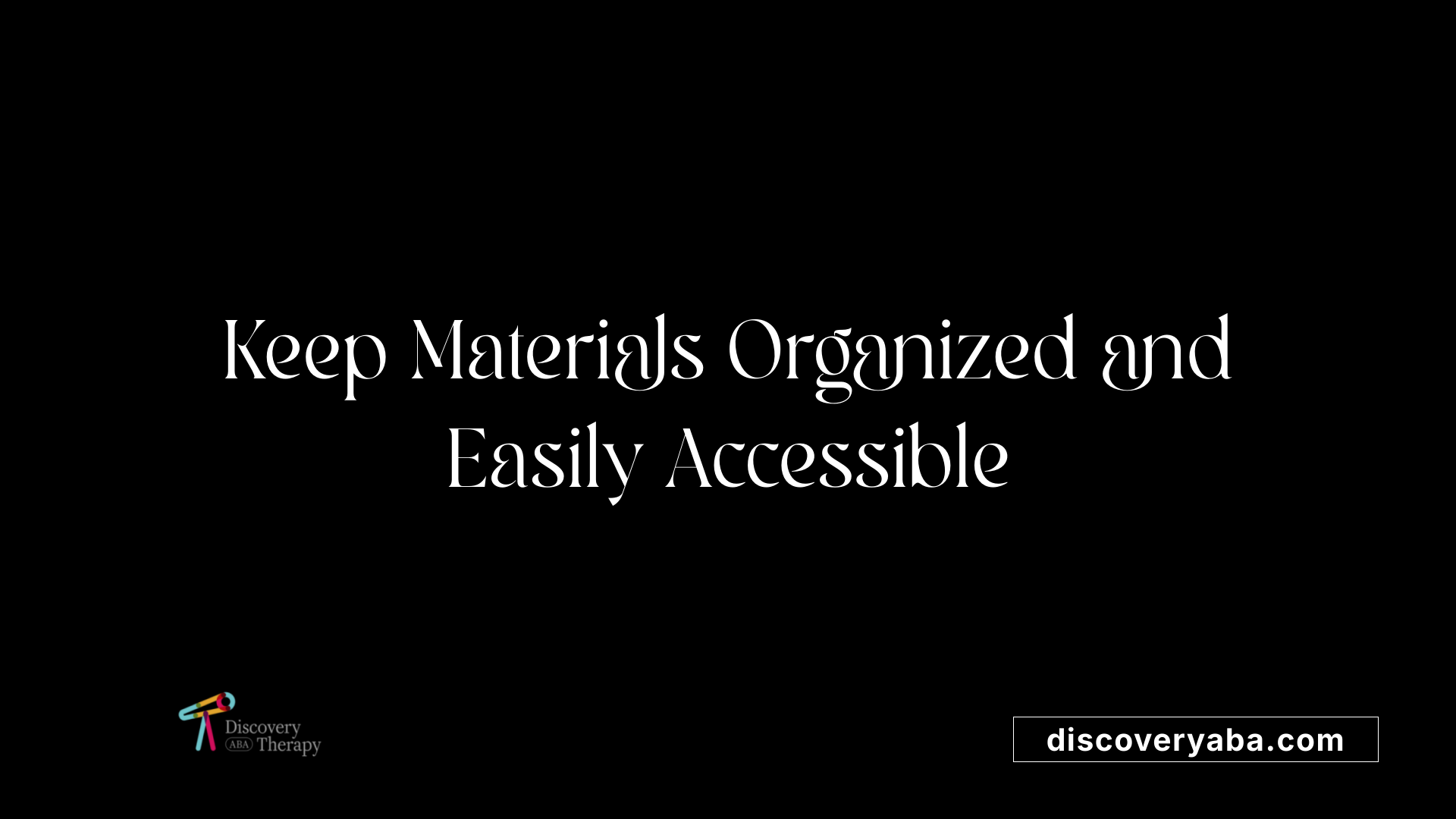
What are best practices for organizing therapeutic materials and tools at home?
Creating an organized, accessible, and distraction-free environment is essential for the success of in-home ABA sessions. Start by designating a specific area that is quiet, well-lit, and free from high traffic or household noise. This dedicated space helps children focus and feel comfortable during therapy.
Using labeled bins, shelves, and containers keeps all materials—such as sensory toys, visual aids, communication cards, and data recording tools—cleanly arranged and easy to find. Labeling each storage container promotes independence and helps both parents and children quickly locate needed items.
Keeping frequently used items within arm’s reach ensures a smooth session flow, minimizing interruptions and maximizing learning time. It also encourages the child to participate actively in their therapy environment.
Involving family members in maintaining organization is crucial. Regularly review and tidy storage areas together, which supports consistency, reinforces routines, and helps generalize skills beyond structured sessions. Updating organization setups as the child's needs evolve ensures the space remains functional and motivating.
An organized home therapy environment not only reduces distractions but also empowers caregivers to run effective sessions, leading to positive outcomes for the child's development.
| Practice Area | Description | Additional Tips |
|---|---|---|
| Storage Solutions | Use labeled bins, shelves, or drawers. | Clear containers help identify contents quickly. |
| Accessibility | Keep tools at child height when appropriate. | Facilitates independence and ease of use. |
| Maintenance | Regularly review and update setups. | Rotate toys and tools to maintain interest. |
| Family Involvement | Teach family members to keep materials organized. | Supports learning transfer and consistency. |
Organizing therapy materials efficiently is a foundation for successful ABA at home. It makes sessions more productive, enjoyable, and less stressful for everyone involved.
Incorporating Visual Supports and Routine Strategies

How can establishing routines at home support ABA interventions?
Creating consistent routines at home plays a vital role in enhancing ABA therapies for children with autism. Predictable daily patterns help reduce feelings of uncertainty and anxiety, which can hinder learning and behavior. When children understand what to expect, they become more confident and willing to participate in activities.
Visual supports such as schedules, timers, and cue cards are powerful tools that make routines tangible and understandable. For example, a visual schedule with pictures of each activity can guide the child through the day, from morning routines to bedtime. Timers serve to signal transitions between activities, helping children prepare mentally for change.
Structured routines provide numerous opportunities for practicing essential skills. During these predictable periods, children can improve their communication, social interactions, and emotional regulation. Reinforcing positive behaviors within routines encourages independence and reinforces the strategies used in ABA therapy.
Integrating these routine and visual supports into daily life not only makes therapy more effective but also helps children experience a sense of security and control. The overall goal is to foster a stable environment where learning is engaging, manageable, and tailored to each child's needs.
Visual schedules, timers, and cue cards
Visual scheduling is an essential element in routine management. It simplifies complex daily activities into clear, picture-based steps, making it easier for children to follow along. Timers act as transition cues, reducing resistance to change by signaling the end of one activity and the start of another.
Cue cards can be used to prompt specific behaviors or responses, especially during skill-building tasks. They serve as visual prompts to initiate desired actions and are helpful for children who may need extra support in understanding instructions.
Structured routines and transition signals
Establishing structured routines involves setting designated times for activities like therapy sessions, play, meals, and rest. Consistency here fosters a sense of security and predictability.
Transition signals are cues—visual, auditory, or sensory—that indicate an upcoming change. For example, using a specific sound or a visual timer helps prepare the child for the next activity, lowering anxiety and encouraging cooperation.
Promoting predictability and reducing anxiety
By combining routines, visual supports, and transition cues, parents and therapists can create an environment of stability. This structure not only supports skill acquisition but also helps mitigate behavioral challenges rooted in uncertainty.
In sum, implementing visual supports and structured routines at home provides a framework that makes learning tangible, reduces stress, and encourages active participation, ultimately improving the effectiveness of ABA therapy for children with autism.
Establishing Consistent Daily Routines

How can I set up a home routine that supports ABA success?
Creating a predictable and structured daily schedule is essential for effective ABA therapy at home. Start by designing a routine that includes specific times for therapy sessions, breaks, play, meals, and other daily activities. Consistency helps children understand what to expect, which can reduce anxiety and enhance engagement.
Visual tools are invaluable. Use visual schedules with pictures or symbols to depict each activity, making it easier for children to follow along. Incorporate timers or countdown cues to signal when a session or activity is ending, helping children transition smoothly between tasks.
Enhancing understanding and reducing distress involves practicing transition signals, such as verbal cues, visual prompts, or auditory timers. Reinforce positive behavior with praise or rewards to motivate the child and encourage compliance.
Establishing such routines not only supports ABA goals but also fosters independence and emotional regulation. Over time, the child becomes accustomed to predictable patterns, making learning more effective and enjoyable.
Consistent routines are the foundation for success in home-based ABA, promoting a calm environment where children can thrive and progress.
| Aspect | Description | Examples |
|---|---|---|
| Routine Elements | Daily activities including therapy, breaks, play, and meals | Set specific times for each to ensure predictability |
| Visual Aids | Schedules, timers, and visual cues | Use picture cards or digital timers to signal transitions |
| Transition Strategies | Clear signals and reinforcement | Use visual timers and praise during changes |
| Benefits | Reduced anxiety, improved understanding, greater independence | Children learn to anticipate activities, leading to better engagement |
Fostering a stable routine involves planning, visual supports, and consistent reinforcement, all of which contribute to a successful home ABA program.
Implementing Reinforcement and Behavior Management Techniques
How can I use praise, token systems, and preferred activities during ABA sessions?
Using positive reinforcement is essential in ABA therapy. Offering specific praise tailored to your child's achievements encourages continued progress. For example, saying, xcellent job! or giving high-fives can boost motivation. A token system, like sticker charts or tokens, allows children to earn rewards for desired behaviors, making reinforcement more tangible. Integrating preferred activities, such as favorite toys or games, as rewards also increases engagement.
How do I develop an individualized behavior plan?
Creating a personalized behavior plan involves identifying specific target behaviors, setting measurable goals, and selecting appropriate intervention strategies. Collaborate with your ABA therapist to customize this plan based on your child's strengths and challenges. The plan should include behavior definitions, reinforcement schedules, and systematic prompts. Monitoring progress regularly and adjusting the plan ensure it remains effective.
How can I fade prompts and reinforcement over time?
Gradually reducing prompt assistance, known as prompting fading, helps children develop independence in skills. Start with full prompts and slowly decrease assistance as the child demonstrates mastery. Similarly, fade reinforcements by gradually reducing their frequency while maintaining reinforcement for successful responses. This process ensures that learned skills generalize to natural settings and sustain over time.
Best practices for organizing therapeutic materials and tools at home include: creating a designated, distraction-free space that is quiet, well-lit, and comfortable. Use labeled storage solutions such as bins, shelves, and containers for sensory tools, teaching aids, and data collection materials. Keep frequently used items within easy reach to facilitate smooth sessions and minimize disruptions. Involving family members in maintaining organization enhances consistency. Regularly reviewing and updating your organization system ensures it continues to support your child's progress and adaptability during therapy sessions.
By implementing these reinforcement and behavior management techniques within an organized environment, you foster a positive and effective atmosphere for your child's ABA therapy, encouraging growth and skill acquisition.
Collaborating with Professionals and Involving Family
How important is collaboration with professionals when setting up a home environment for ABA?
Working closely with ABA professionals is vital when creating an effective home therapy space. Behavioral analysts, therapists, and speech-language pathologists offer valuable expertise to tailor the environment to each child's unique needs.
Effective communication with these experts ensures that the setup supports learning and positive behavior development. Regular meetings and updates help adjust strategies and materials, making the environment more conducive to progress.
Training family members and caregivers is also a crucial part of this process. By learning proper ABA techniques, parents can confidently reinforce skills and manage behaviors consistently.
Sharing progress and data with professionals allows for ongoing assessment and strategy refinement. Using progress reports, checklists, and apps helps track what works best and where adjustments are needed.
This teamwork fosters a supportive environment that promotes the child's independence, safety, and overall growth. Partnering with qualified professionals is an essential step toward empowering families and maximizing therapy outcomes.
Supporting your child's ABA journey with expert guidance ensures a cohesive and structured environment that encourages learning and development.
Creating a Supportive and Engaging Environment
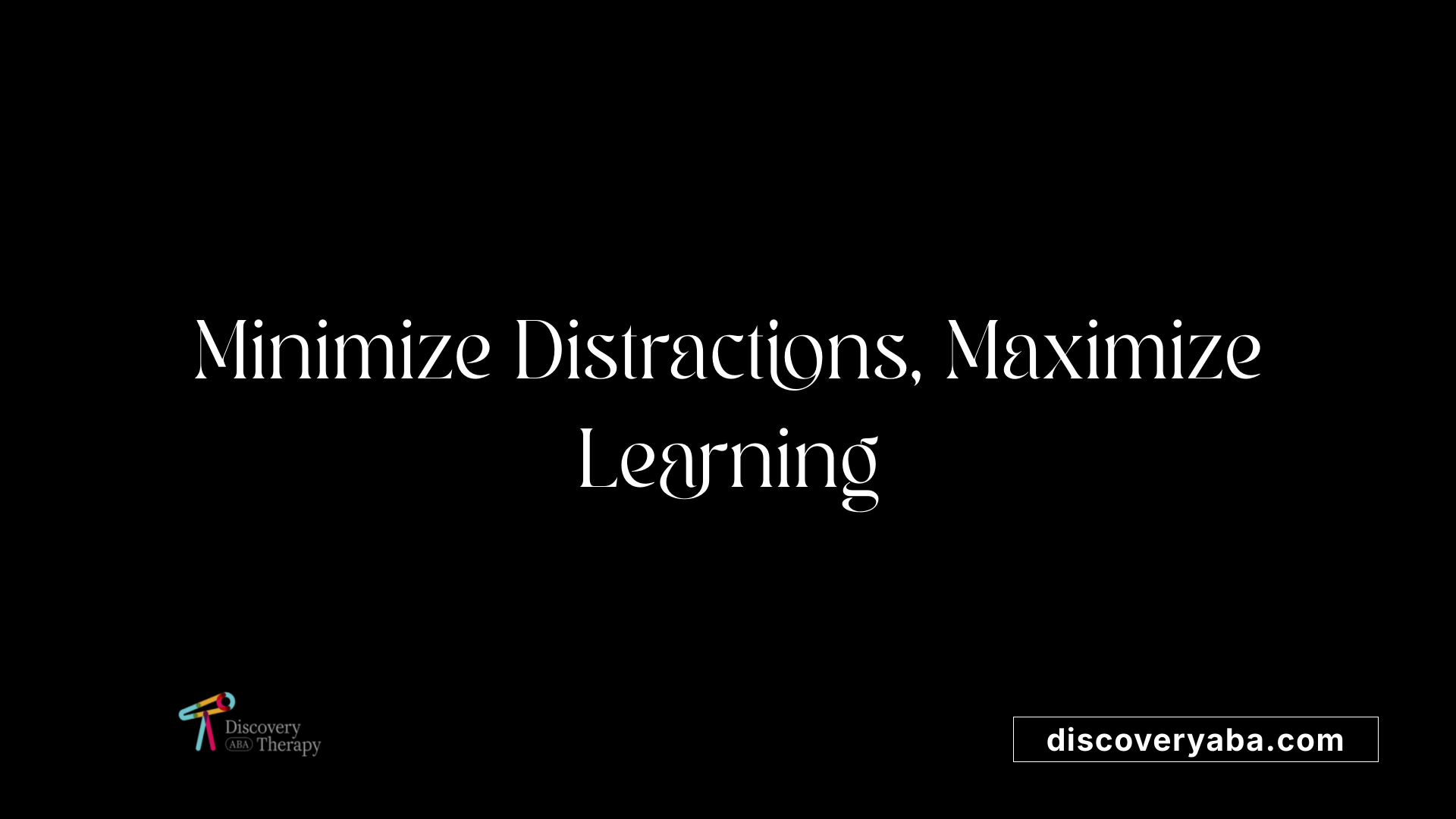 Why is creating a supportive environment important in ABA therapy?
Why is creating a supportive environment important in ABA therapy?
Establishing a nurturing and well-organized space plays a vital role in the effectiveness of ABA therapy at home. When children feel safe and comfortable, they are more likely to participate actively and remain engaged during sessions. Reducing distractions such as background noise, visual clutter, and high traffic helps minimize anxiety and allows the child to focus on learning activities.
Designating a specific, quiet corner or room for therapy ensures consistency and predictability, which are crucial for children on the autism spectrum. Incorporating visual supports like charts, schedules, and reinforcement visuals helps children understand what to expect and follow routines, decreasing stress and uncertainty.
Interactive and playful learning activities, combined with reinforcement strategies, create a positive atmosphere that motivates children. Using preferred toys, activities, and social praise as reinforcement encourages ongoing participation and skill development.
Pairing the physical environment with family involvement enhances collaboration and generalization of skills outside therapy sessions. When parents and siblings understand the routines and participate, children benefit from continuity, which boosts their progress.
Safety features such as securing furniture, removing hazards, and including sensory supports like weighted blankets or calming lighting ensure children feel both safe and supported. This stability helps to foster emotional security and supports sustained attention.
Overall, creating an inviting, organized, and safe environment with visual cues and family collaboration maximizes the child's learning potential. It lays a strong foundation for effective ABA implementation, encouraging positive behaviors and skill growth in a secure setting.
Putting It All Together for Lasting Success
Ensuring that your home environment supports ABA therapy involves thoughtful design, organization, routine, collaboration, and a nurturing approach. By creating a dedicated space, establishing consistent routines, organizing materials efficiently, and working closely with professionals, you'll set the stage for your child's progress. A supportive environment not only fosters skill development and positive behaviors but also encourages participation, confidence, and independence. Implement these strategies consistently, celebrate milestones, and maintain open communication with your child's therapeutic team to achieve meaningful, long-lasting outcomes.
References
- Step-by-Step Guide: Creating Your ABA Home Program Structure
- How to Prepare Home for In-Home ABA Therapy | Inclusive ABA
- Implementing ABA Therapy at Home: A Practical Guide for Parents
- How to Prepare Your Home for In-Home ABA Therapy | All Star
- Supporting Your Child's ABA Therapy at Home: A Parent's Guide
- Guiding Success: ABA Techniques Tailored for Home Environment
- Preparing Your Home for In-Home ABA Therapy
Does Your Child Have An Autism Diagnosis?
Learn More About How ABA Therapy Can Help
Find More Articles
Contact us
North Carolina, Nevada, Utah, Virginia
New Hampshire, Maine
Arizona, Colorado, Georgia, New Mexico, Oklahoma, Texas
.avif)






